MARTIN MAGNER™ On Doing It Himself
Martin Magner™ was raised by pop culture; a child of the nineties and the noughties, who (obvs) counts Gaga as his Patron Saint. Yet, in Martin’s worldwide domination as a ‘Pop Sensation’ (and, a creative director in NYC at Virtue Worldwide, an agency powered by Vice) – the referential nostalgia is kept at a bare minimum. Yes, the idea of the pop sensation was somewhat perfected at the turn of the millennium; Britney leading that charge, with seismic fame, fortune and untenable pressure. Yet Martin’s approach is perhaps more futuristic. The y2K spirit is there, sure – but Martin is a new kind of pop sensation. Parallel, and intersecting with his pop career is his work as a global leader in advertising; multi-faceted, mult-dimensional, front-facing and behind the scenes. Martin is not a pop star because he was scouted in a mall here in the Cape Town or in LA – and he’s not a pop star to cut cheques for old, white men in suits; Martin is a pop star because he claimed this personification for himself, “I woke up one day and realised no one was going to make me a pop star, so I decided to do it myself.” and whether its performance, or wholly the vision, that’s a secret he’ll never tell. XoXo.
(That question is also irrelevant. This is 2023, where free-reign and even freer expression is the only pursuit.)
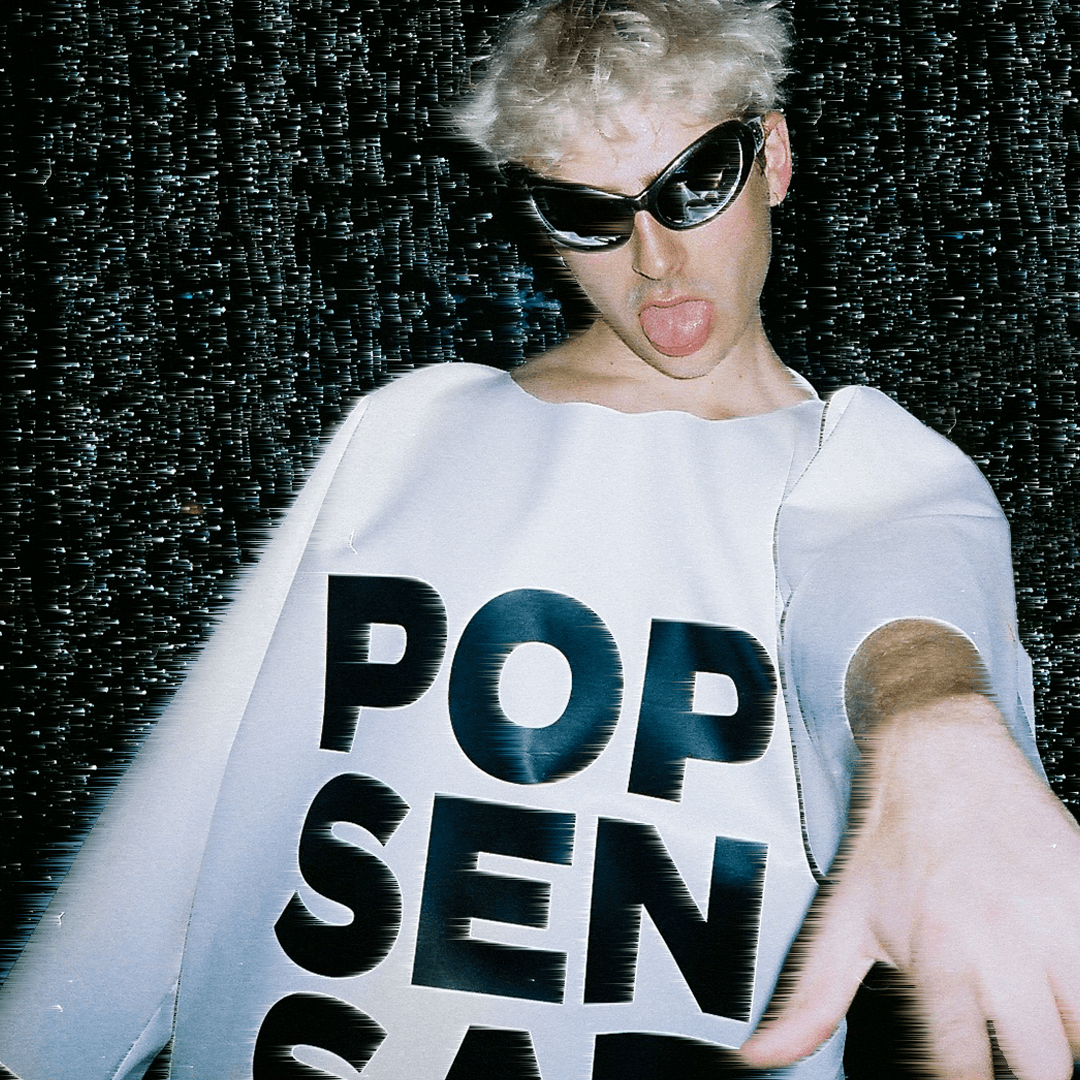
Martin’s origin story begins at Red & Yellow – Creative School of Business, after high school in Paarl, being in the Mother city stoked the fire of Martin’s expression, “I got to Red & Yellow and I was like, this is going to be my High School Musical moment, where I can be Troy Bolton. I realised I could be creative and be insane; I could be myself in a way I had not been able to, before. It was an iconic time, I met all my friends, and I was able to go out and experiment with who I can and can’t be. The photos from that time are beautifully chaotic – that’s where Paul Ward and I met, and he would find me on the dancefloor,and photograph me. I got a taste of winning awards at Red & Yellow, I worked very hard, and once that happened – I was like, okay, do I want more of these?” That time in the early 2010s is a specific moment to be remembered; it was the apex of blogging and the rise of Instagram, and photographers (now a film director) like Paul were shooting youth culture in its edification in clubs like Assembly and bars like Fiction. It was the kind of moment when creative kids on the scene realised that they could be something; creative careers took off in a way that was never possible before. During this time, with that magical, uncanny 20 year old super power to party hard and work even harder; Martin reached a plethora of career milestones that most people dream of in their entire career, before he was 21, “I won a D&AD at 19 and was in London, and then the Loeries, and then I was sent to New York for the Clio Awards for design. Things happened very fast, and I felt like a bit of an Adele at college with all my statues. That forced me to approach Ogilvy – which at the ripe age of 21, was a bit cocky – and I didn’t have to show my portfolio that I had worked so hard, and found myself as a junior art director with my friend Anna Nurse, she was my writer, and we were a creative team. We spent days photoboothing, pretending to work; making a reality TV show of it, because we weren’t getting the work we wanted. We were junior creatives in a massive ad agency – no one was taking us seriously, at all. After three months, I was like – I’m done, I’m resigning.” This kind of youthful hubris was Martin’s making; and it fostered a kind of self-belief that has proven indispensable to carving a path that was precisely in line with the kind of work he wanted to make. A big wake-up for Martin was understanding that work was not just going to come to him – he says, “I was in the best position I could have been at my age and instead I went to work as a Chinese-food delivery boy. My reasoning back then was that I worked for Monks because I felt like I needed to be thanked for what I did at Ogilvy. Hysterical. I spent evenings doing deliveries, and days working on my craft and building my brand – making connections and freelancing – and then six months in, I moved to London. Suddenly, the struggle began. I had to use my portfolio, I had to use my CV; doors were getting closed in my face. I walked into Wieden Kennedy‘s office and said, ‘Hi, I’m Martin, I’m from South Africa and I really want to work here.’ and the receptionist was like, ‘Um, this is not how you do this.’ I eventually got a job through a recruiter, and I was sitting in London pretty much with the exact same job as I had in Cape Town. All I could do was immerse myself in the city, and take myself to bars and clubs totally alone. It’s the best way to learn; even now, I prefer to hire people who haven’t been trained by the industry, but rather whose life experience and craft is drawn from other places – DJs, artists, poets – who can channel lived experience is the key, because ultimately we are in the business of connecting with people. I’m not trying to sell you something you don’t need.”
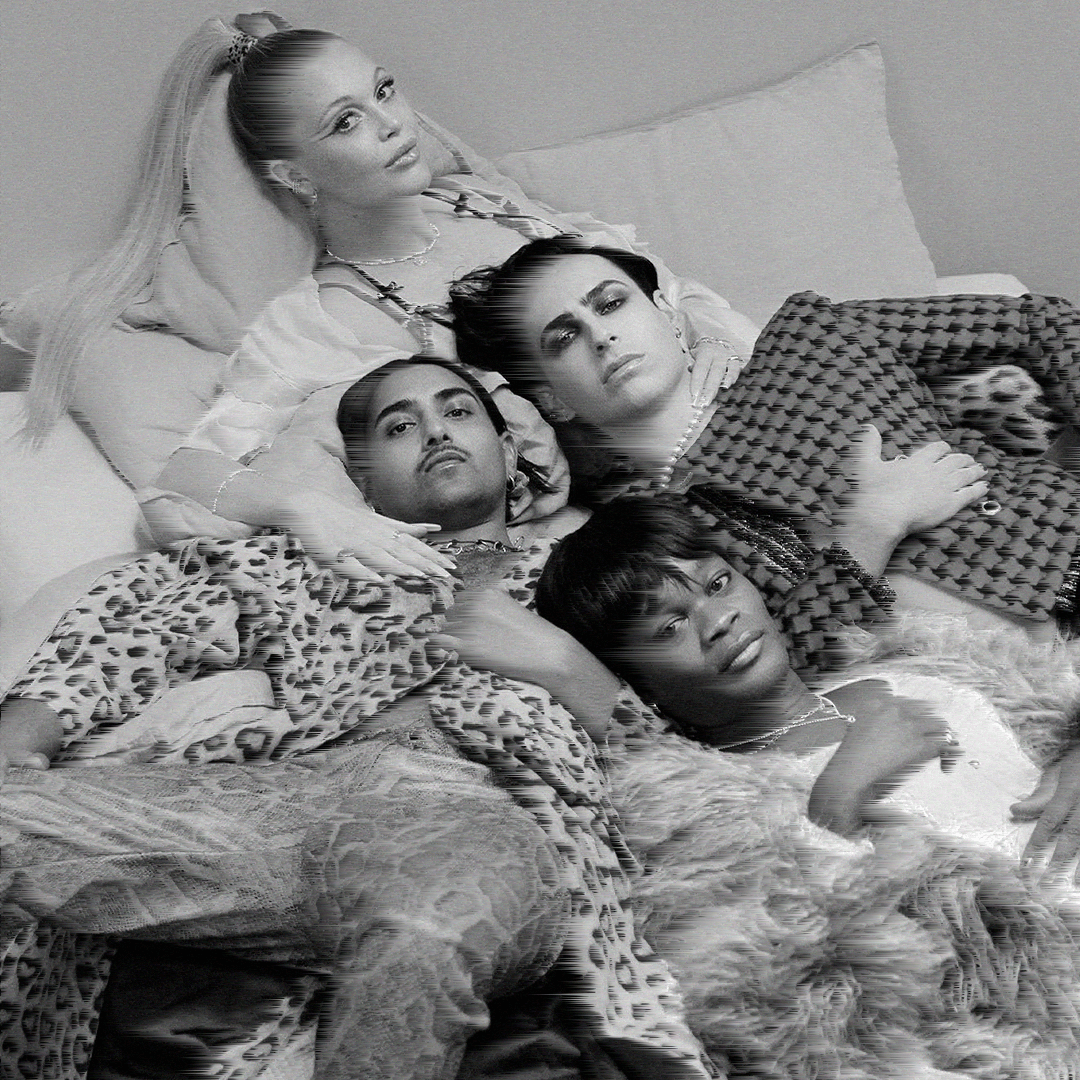
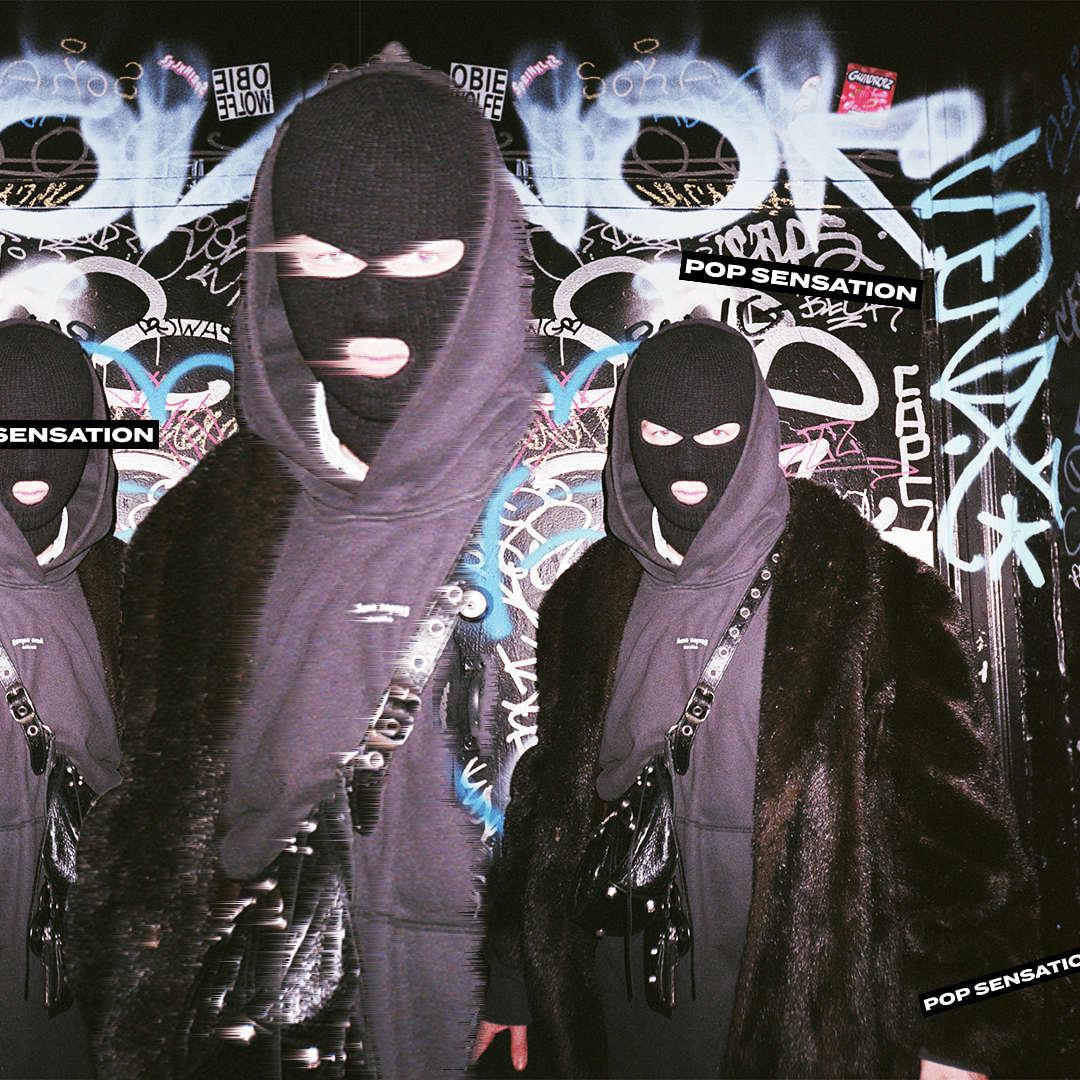
Martin’s dance with Ogilvy wasn’t over – and eventually went onto build the social department with Dan Nash, approaching it with a new mindset. It was a phone call from Mike Leslie at AndPeople that changed everything; “someone had told him about me, and he made a position for me at AndPeople. That was the best move I made; it was an iconic agency. It’s some of the best work I’ve done, and some of the best fun I’ve had with the best people. We were a small agency, and our clients trusted us; they felt like friends. All the work we did for adidas was people first – human centric. NTWRK AREA3 was a project we created for the youth of South Africa to take a global brand and make it their own. When people ask me what my style was, I didn’t really have one; I handed a lot over to the youth, allowing them to guide me.” When AndPeople closed – the decision was to close their doors when the pandemic hit, and end on a high note and a really good, final package. With an interim stint at Ogilvy yet again – Martin says, “one thing about me? I always go back. Love, life – I always go back.” After being put into a meeting with Vice, Martin’s next chapter was sealed; Vice Media & its agency, Virtue, are where Martin is currently, “I think we were in the web3 world before many people. The Coke NFT project was my first highlight, and the NFT sold for half a million dollars, with all proceeds going to charity. It pushed me into a space I knew nothing about. They gave me Space Coke – which became Starlight, they changed the colour, taste and I got to put a popstar on the can that you could watch with augmented reality. I was styling Ava Max from my Gardens apartment, telling her she has to wear the Mugler bodysuit – I was in my total element. I found a niche within the Coke business that connected them with Gen-Z. It’s taking the world’s most democratic brand – Coca-Cola is the second most recognizable world after ‘hello’ and I’ve found so much of my own life is blending with my work, which is amazing. They’ve really bought into having a pop-star creative director, and I bring that work.”
When Martin emerged as a self-professed Pop Sensation – the audaciousness was enviable; Martin reflects on the most ‘serious’ manifestation of his personal rebrand, “I realised very quickly that who I am outside of work is actually going to influence who I am at work. I made a decision to be extraordinary in my personal life, because it helps clients know my level of assertiveness. I really channelled YOLO. I woke up and was like, no one is going to tell me I’m a popstar – I’m not getting discovered like Charlize was found in a bank – I needed to do that myself. I created a song, shot the video – annoyed a few people, but any attention is better than none. The ones who doubted me have turned around and have become Magnets, and it’s so different from the creative career I’ve had – I get to be many things, and express all the parts of myself, and none of it has to be hidden or kept apart from each other. I’m finding so much unity and authenticity between my personal life, my career and who I am finally allowing myself to be. At 29 I got on the phone with my parents, and told them I like boys – for the first time in my life, in 2021. That was the moment where everything shifted; I don’t want to hide, I want to live it fully.” This tenderness is what sets Martin apart from egotism; being a Pop Sensation is a love-letter to himself, to the young boy who survived Paarl Boys High; and in unison with his people-centred creative work; it makes for a true star behind and in front of the camera, both literally and figuratively.

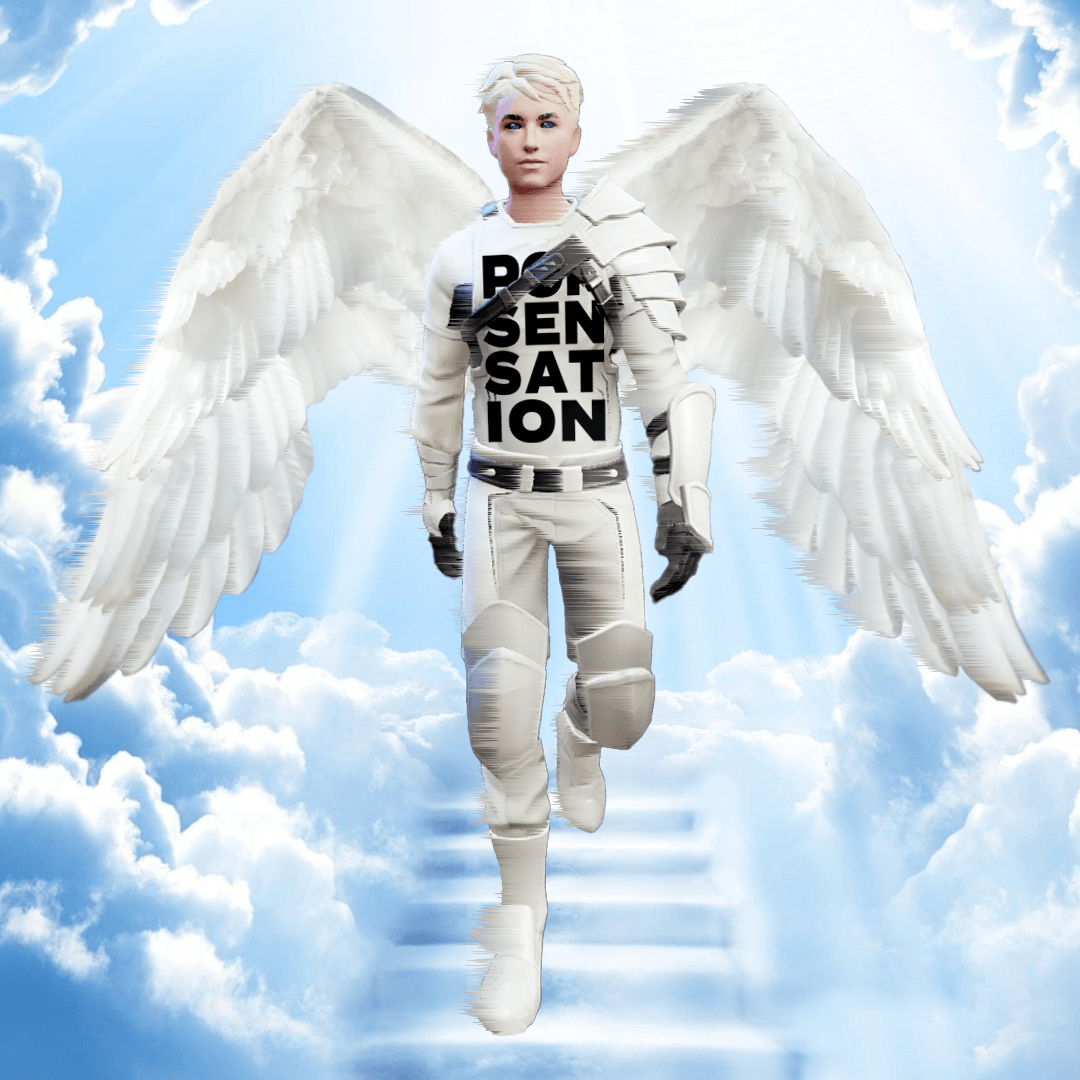
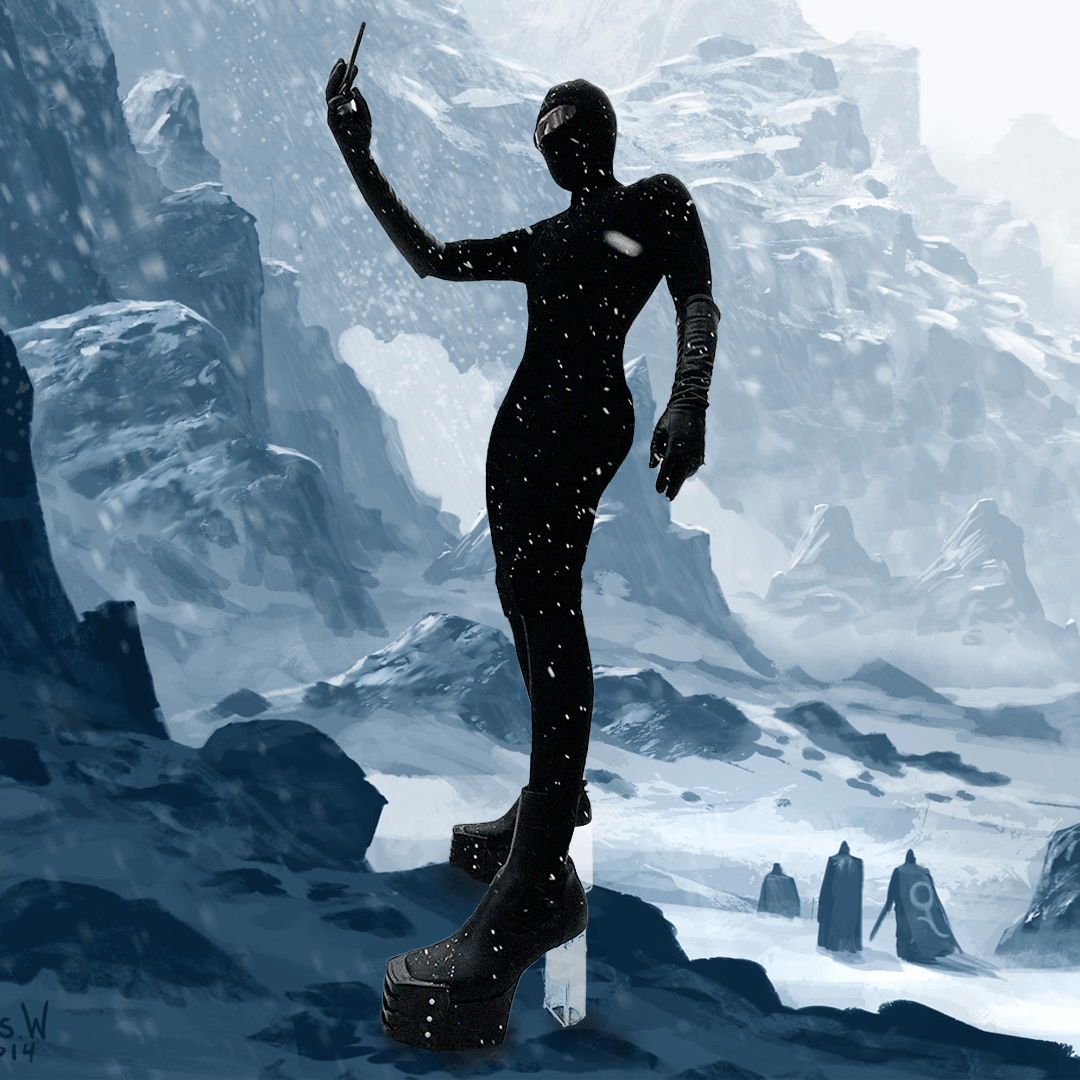
Lastly, but certainly not least, is a piece of work that defines the altruistic potential of technology in the right hands; in a dystopian world, approaching the singularity, Martin’s co-creation of Backup Ukraine is a project that has defied the possibilities of how citizens can respond to war when it arrives on their doorstep; Martin explains, “It’s one of the most rewarding projects I’ve ever worked on. It started as a conversation between my creative partner Iain and I, we were saying how can we help, as two guys in advertising? Iain told me that Notre Dame can be rebuilt because a gaming company 3D scanned the building for a game, and so when it burnt down; the gaming company had the 3D files to recreate it. That’s when the light bulb went on, and Backup Ukraine was born. What if we backed up Ukraine on the Cloud, by equipping their citizens with a 3D scanning app on their phone? The project has collected 50 awards in the last four months, but it was never about that. Now we have thousands of citizens scanning their city; and not only monuments. We have people scanning park benches where they had their first kiss, their apartments where their memories are made – kids are scanning their toys. It’s all safe, all those memories.”
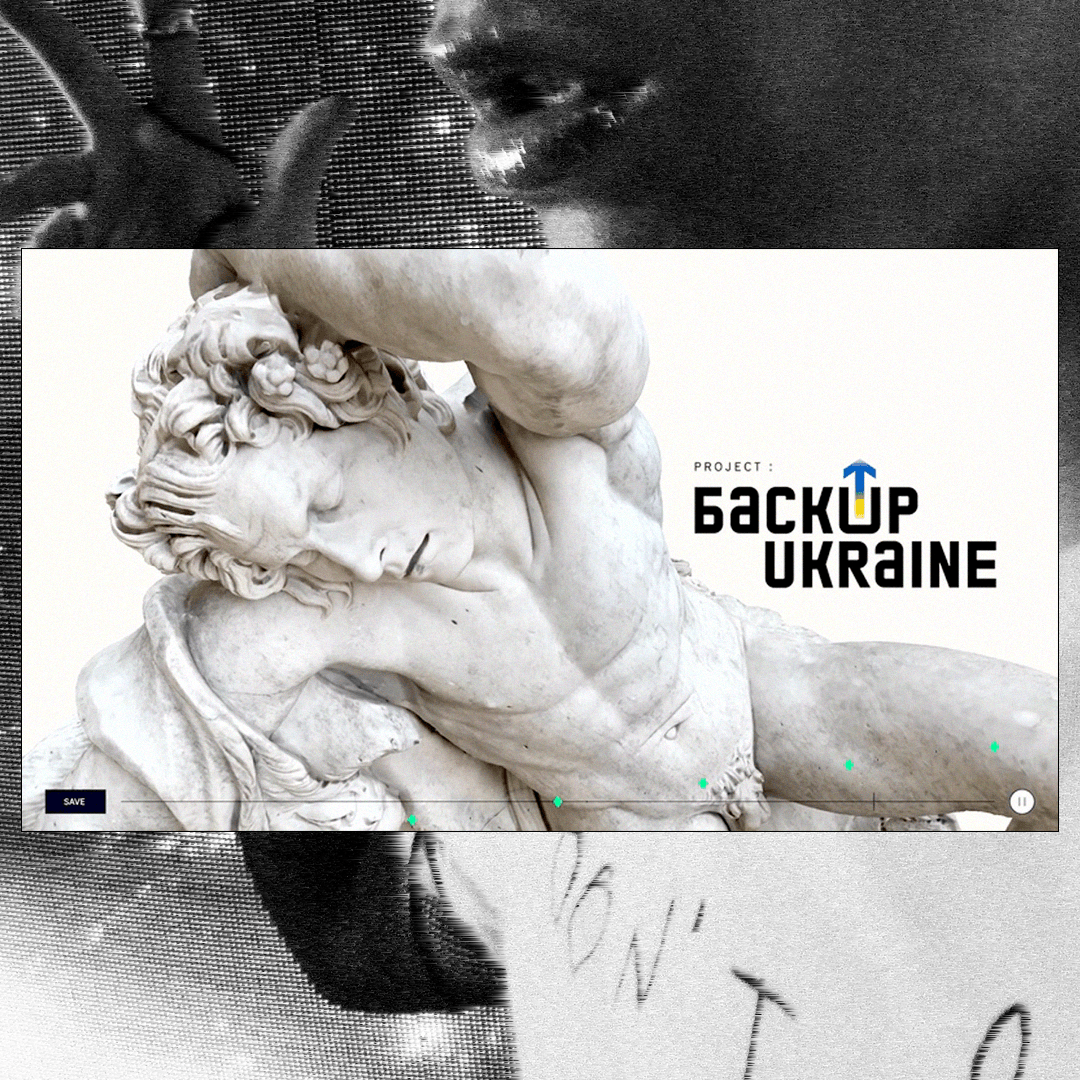
Martin is made of many creative threads – and is mastering the way in which he yields the M To be serious and deep – to be joyful and iconic – to be living in New York City, with three singles coming out and an advertising career made of stardust; Martin Magner™ is the real deal, and South Africa’s very own icon. With a new, darker shadow-era of Martin’s pop career ahead; we wait with baited breath to witness a Pop Sensation’s joy ride through reality.
Written by: Holly Beaton
Published: 18 January 2023
For more news, visit the Connect Everything Collective homepage www.ceconline.co.za

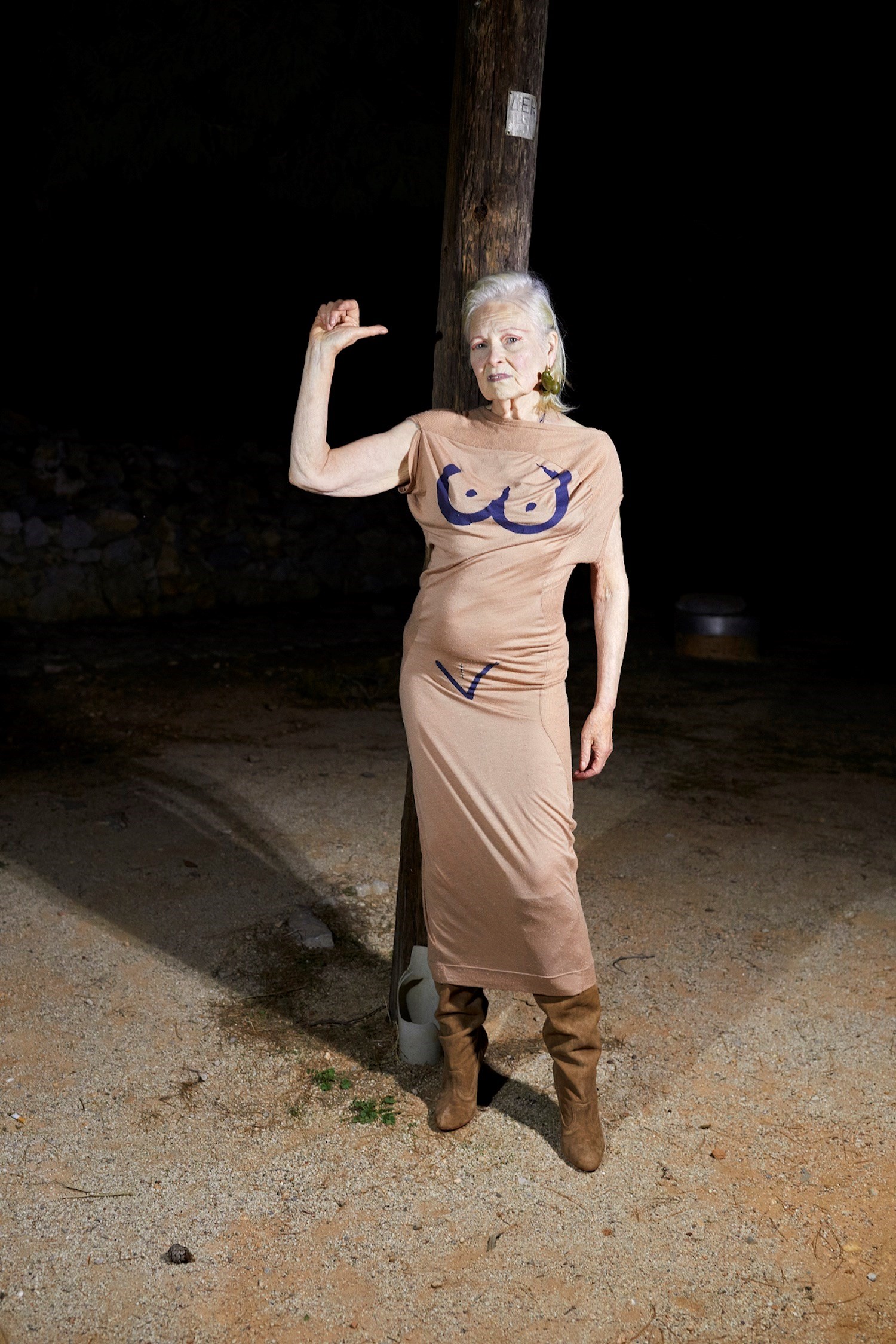
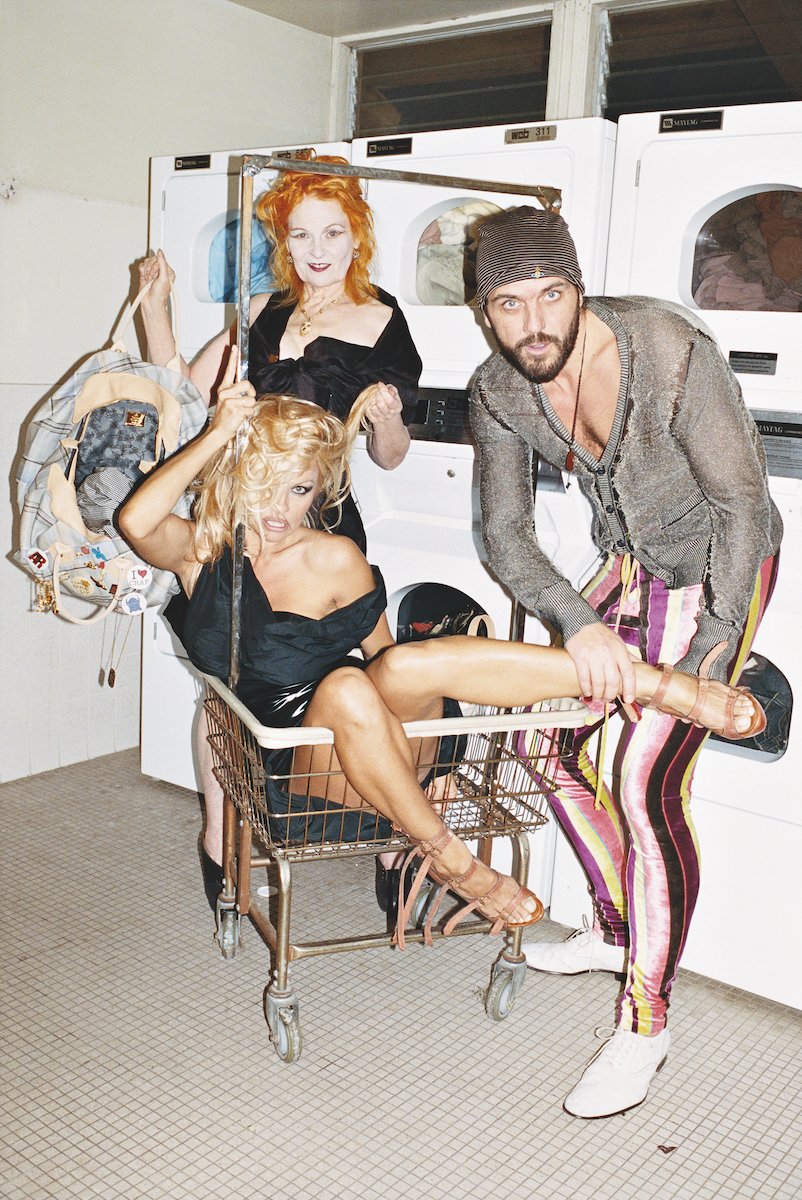
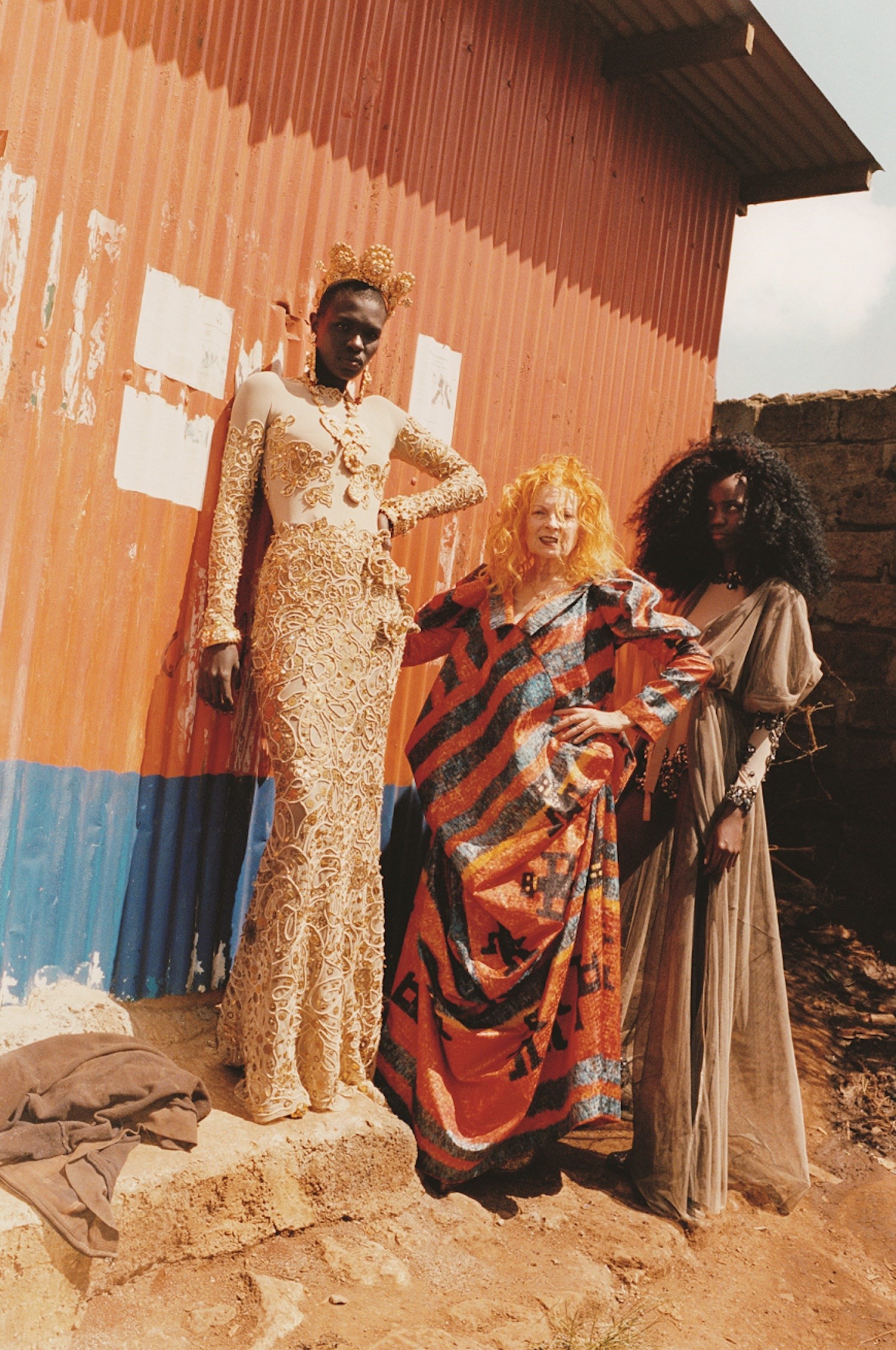
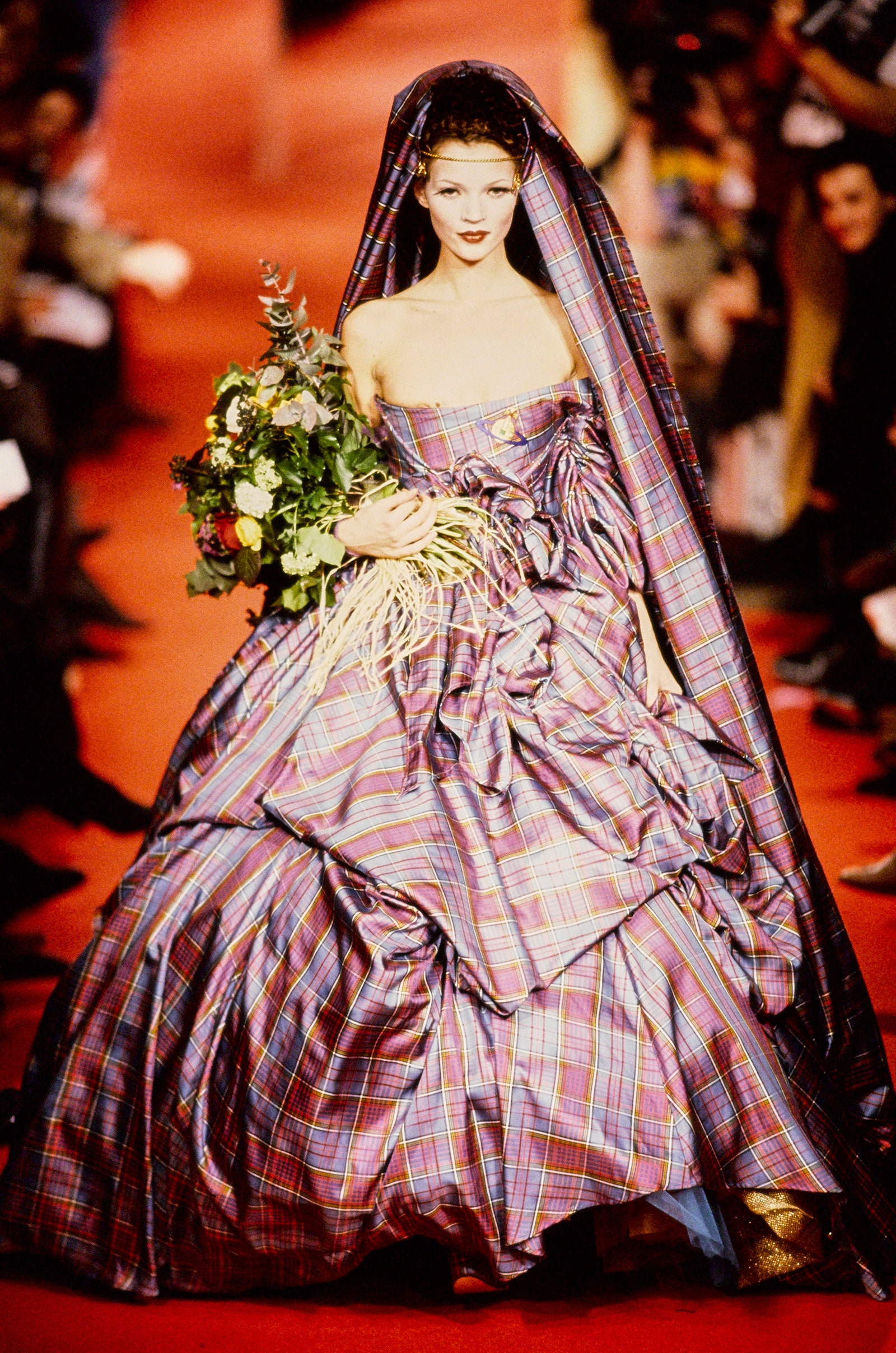
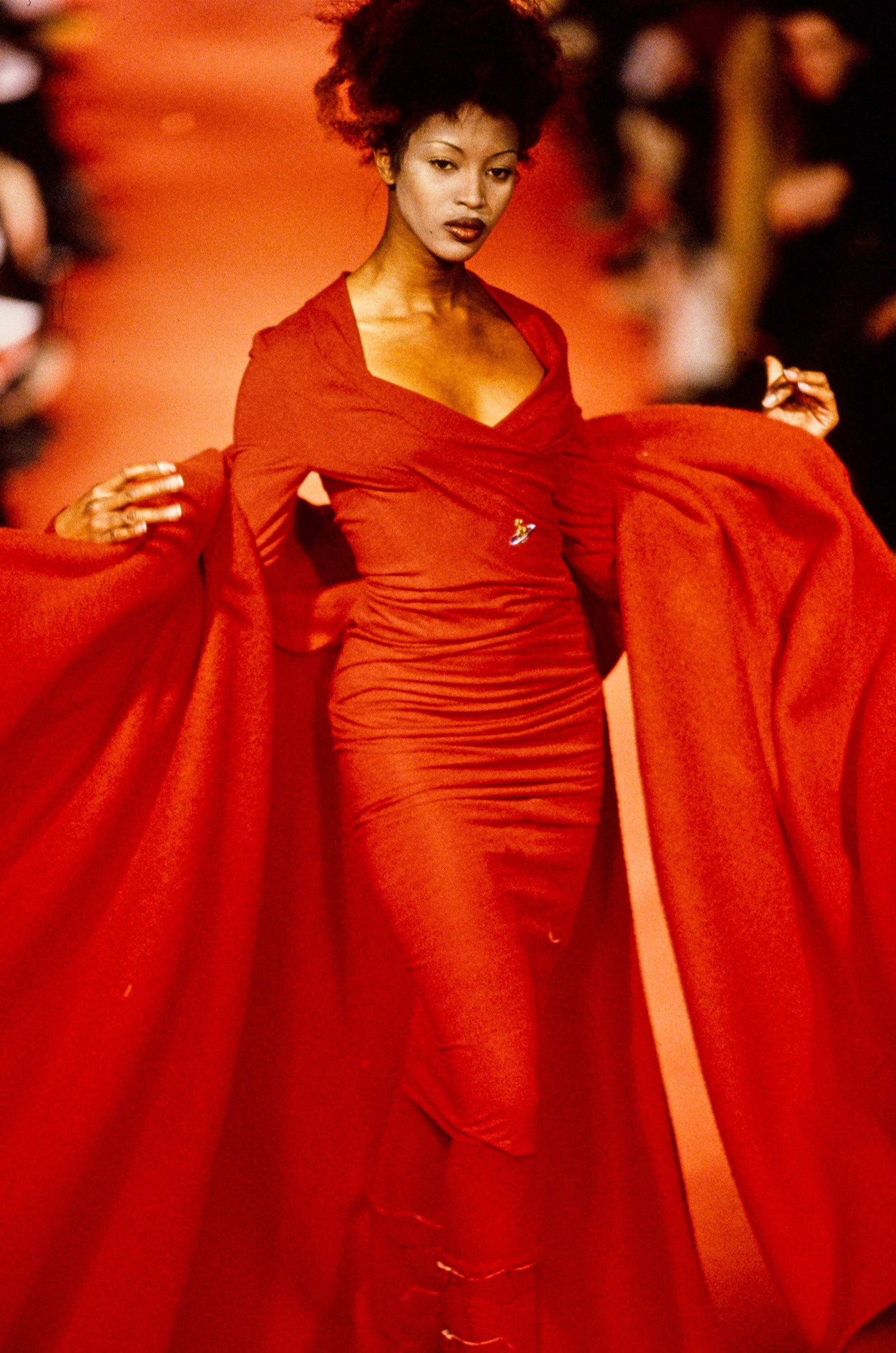
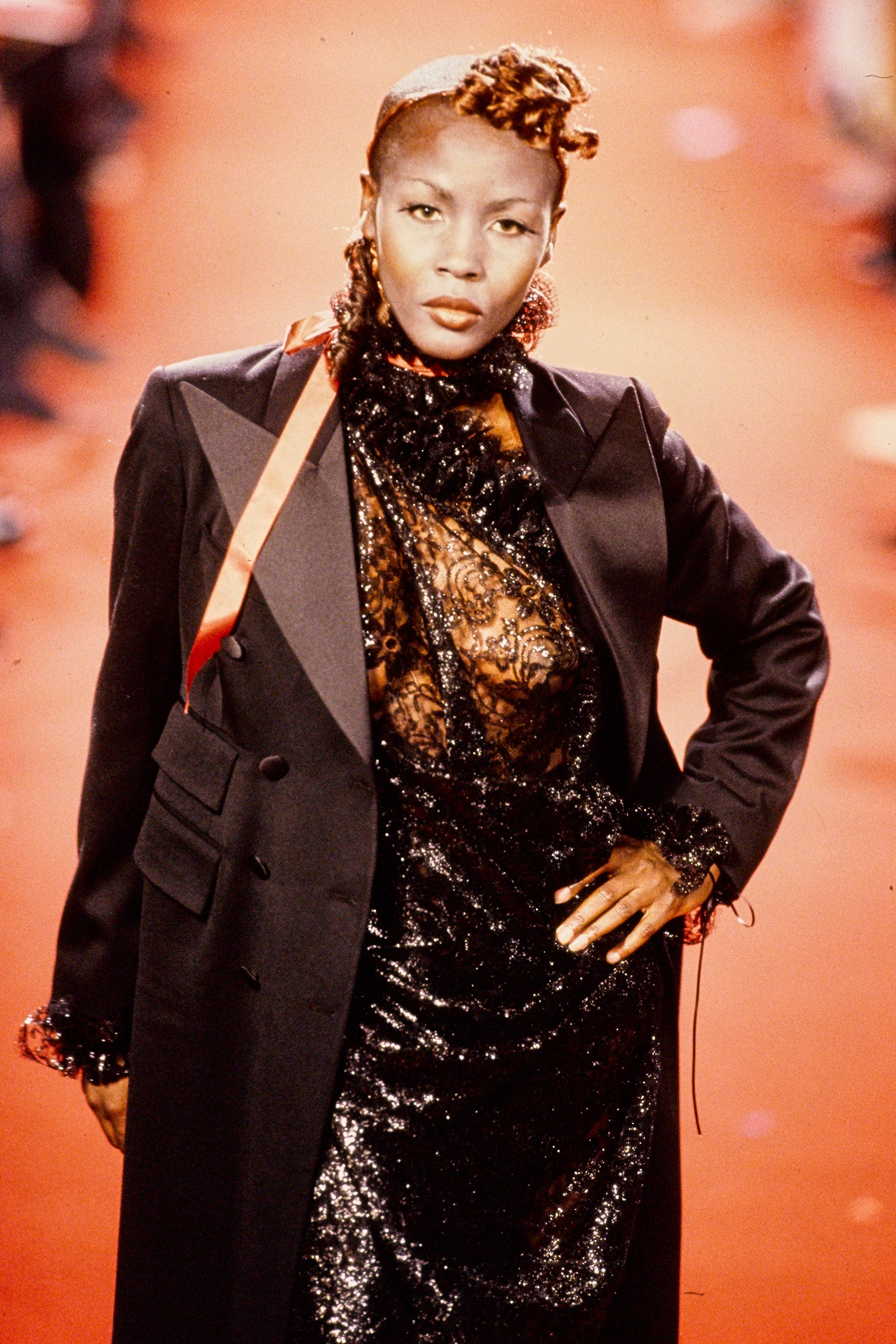
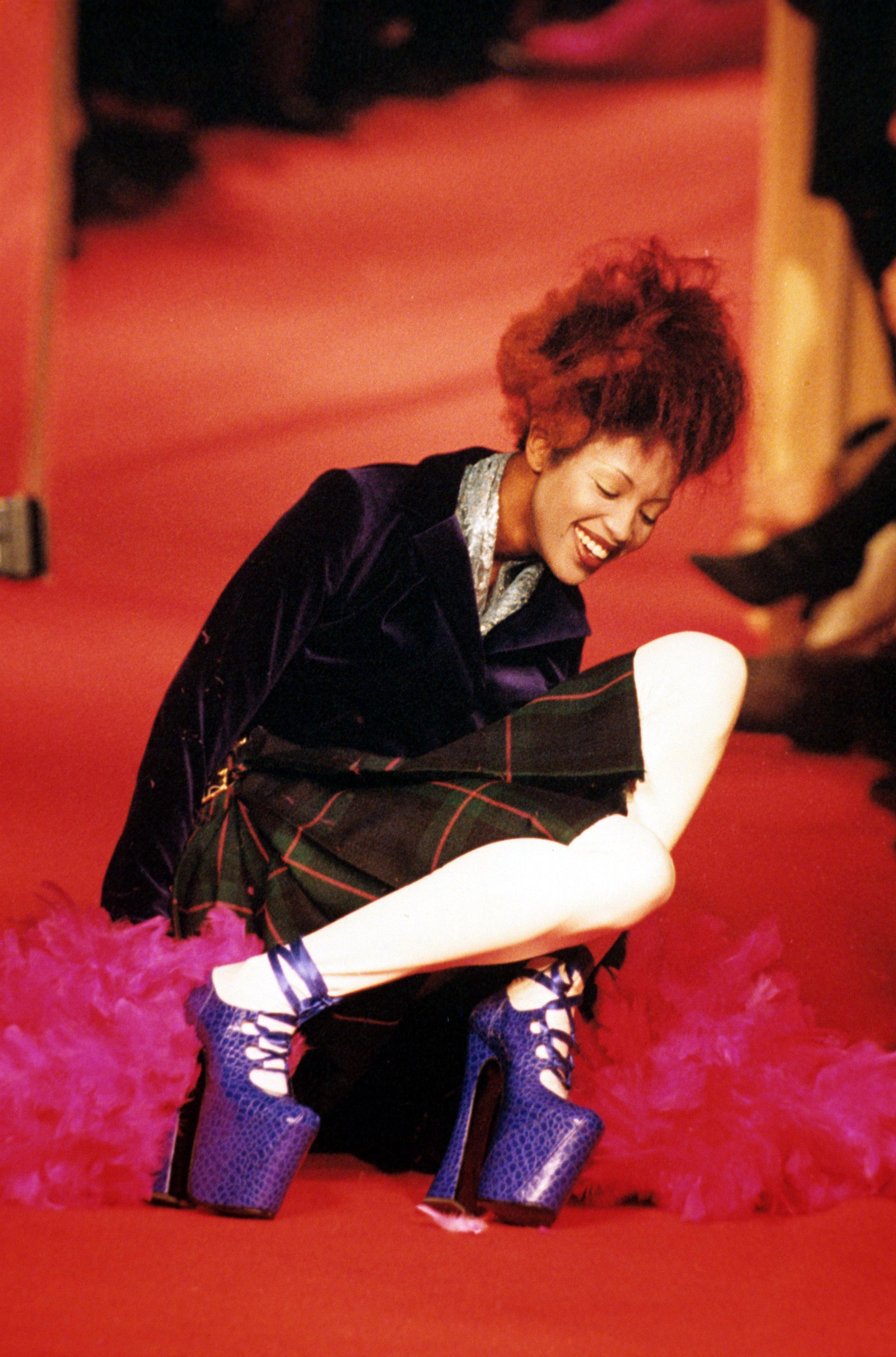
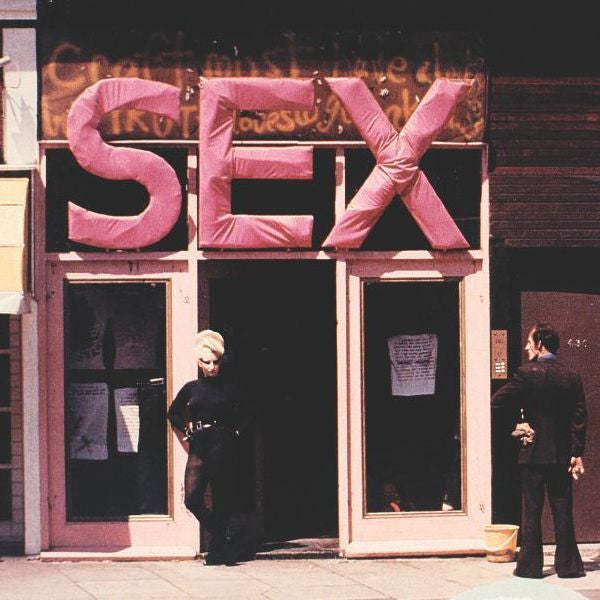
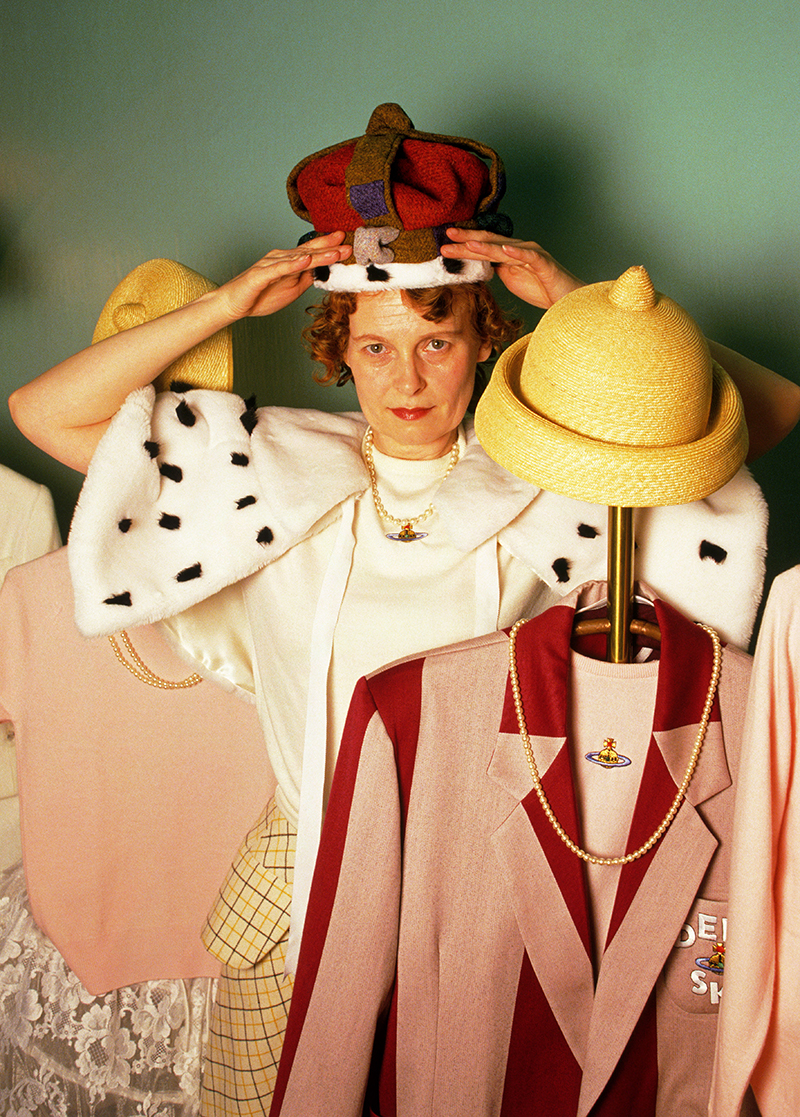
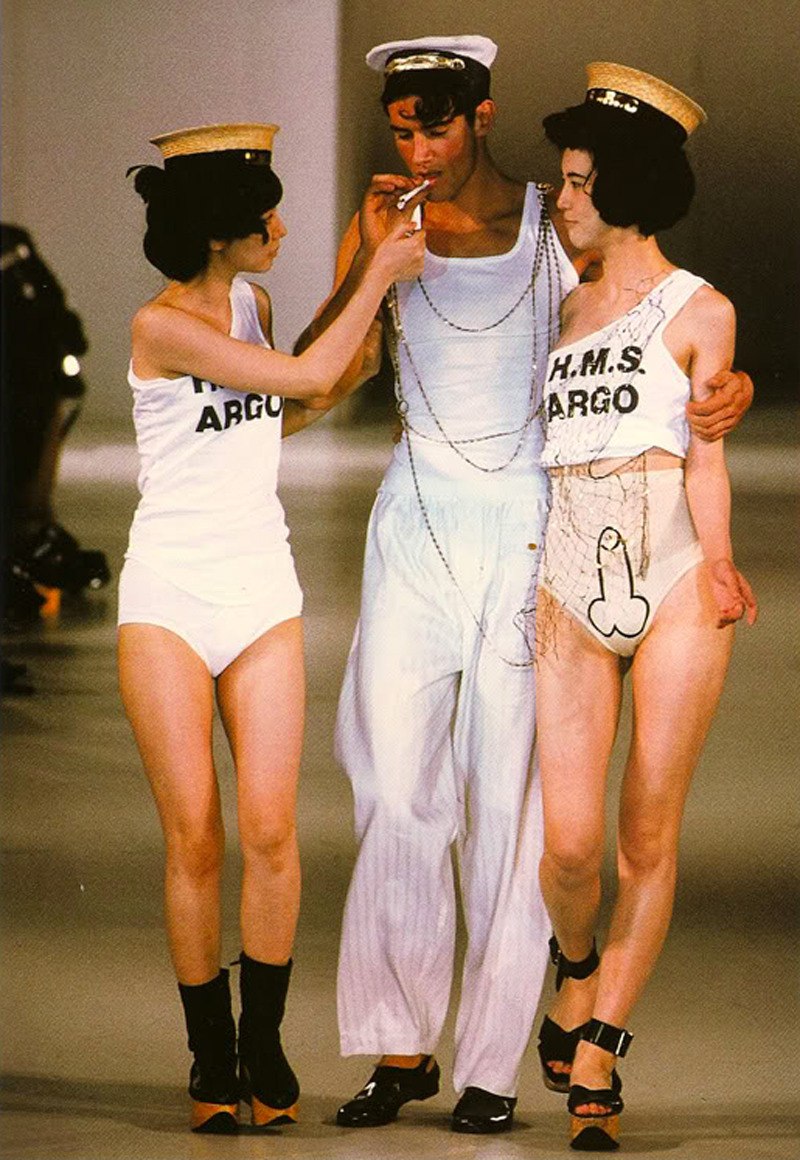


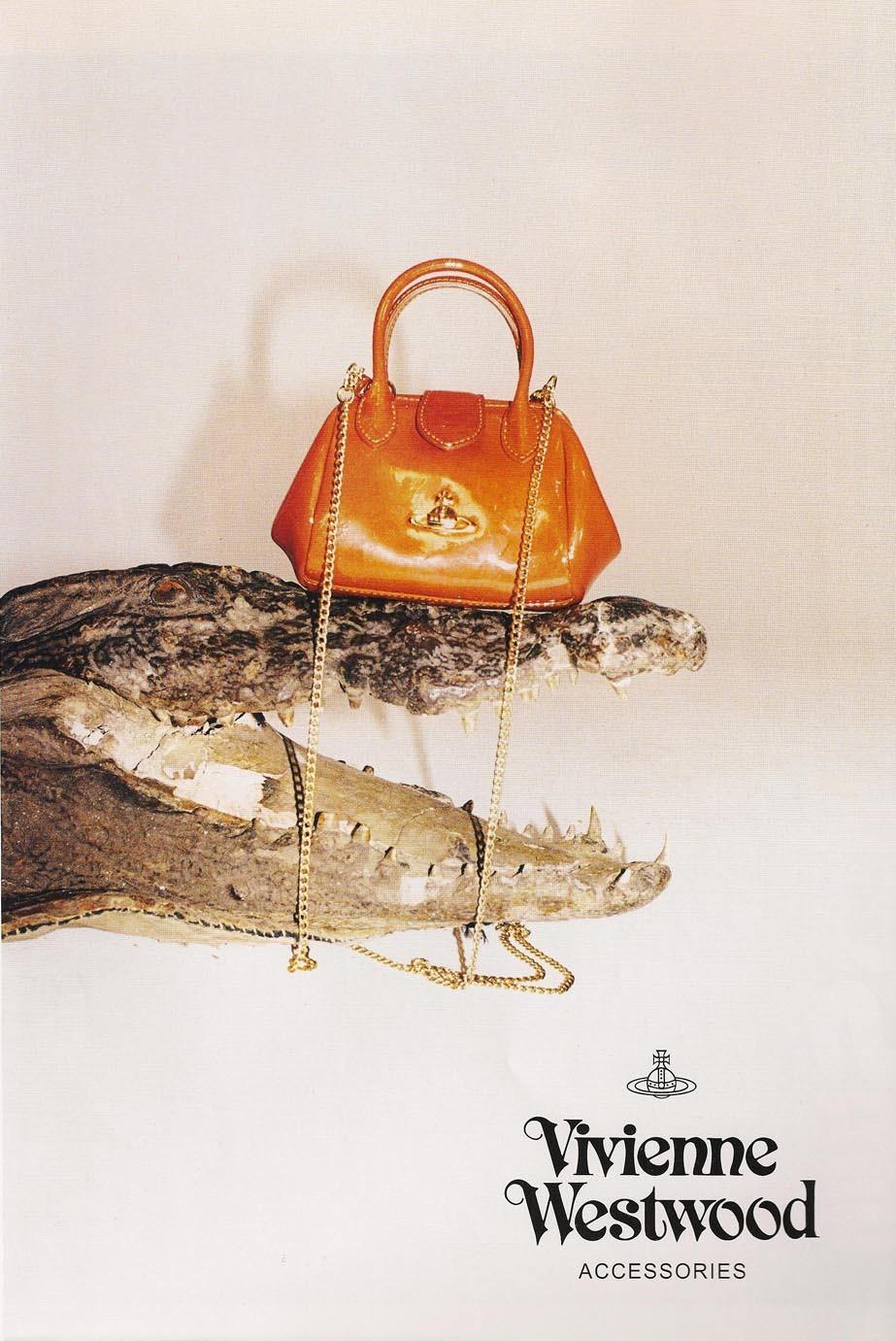

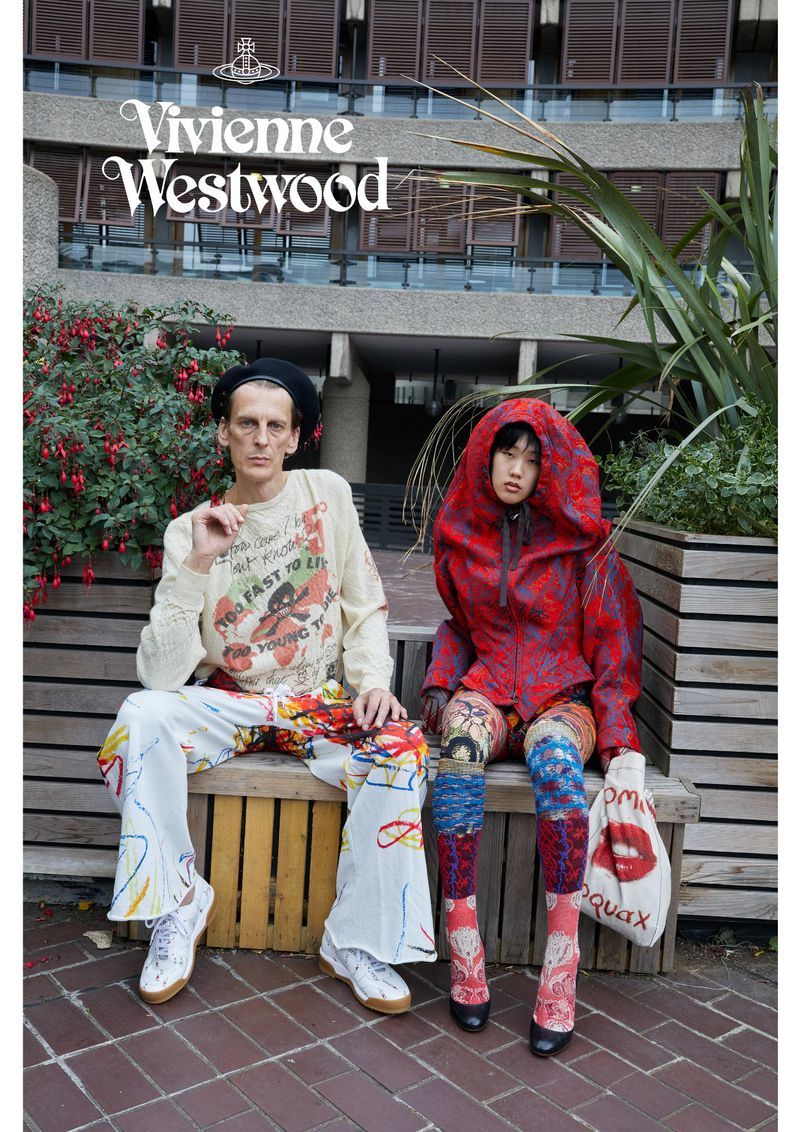
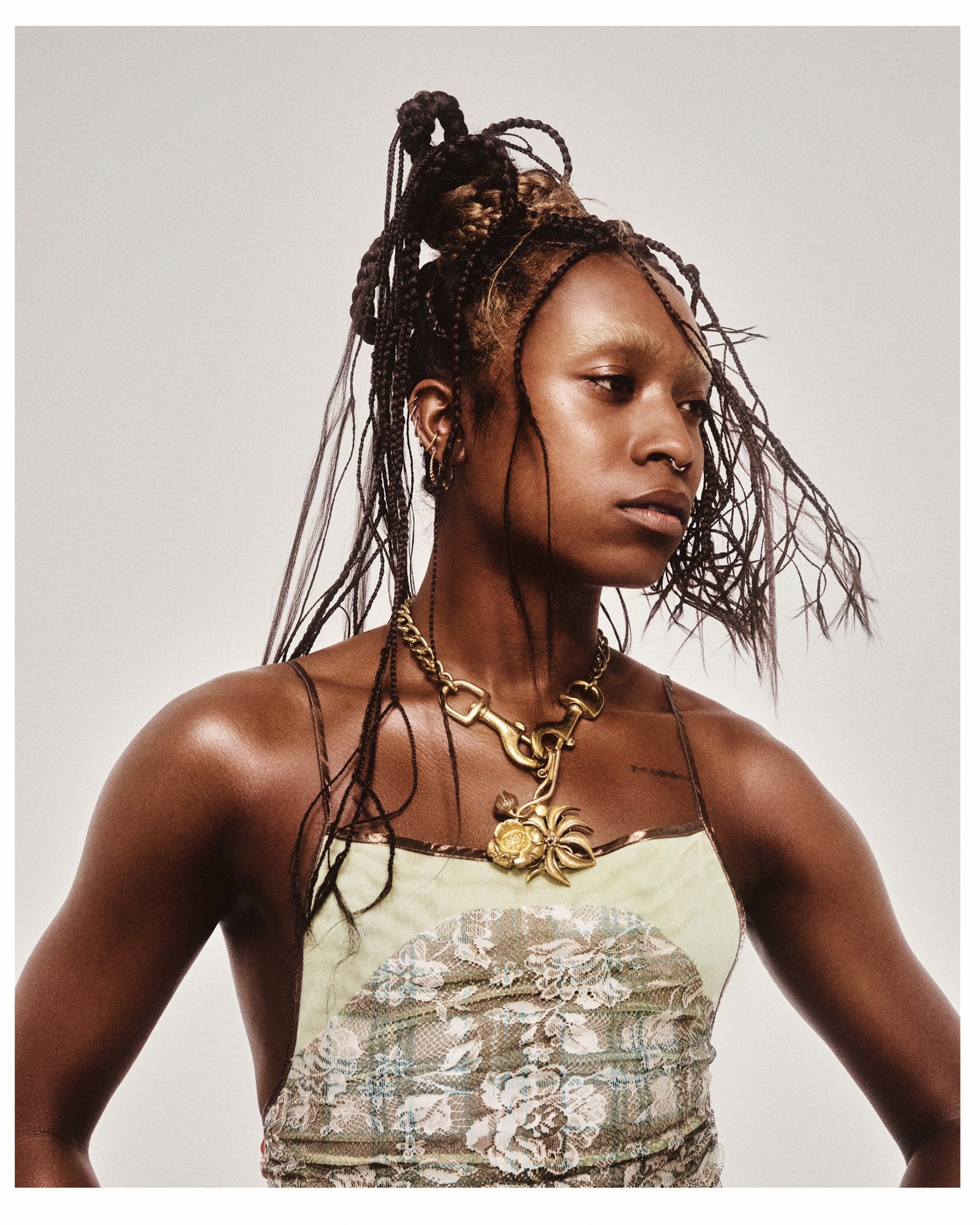
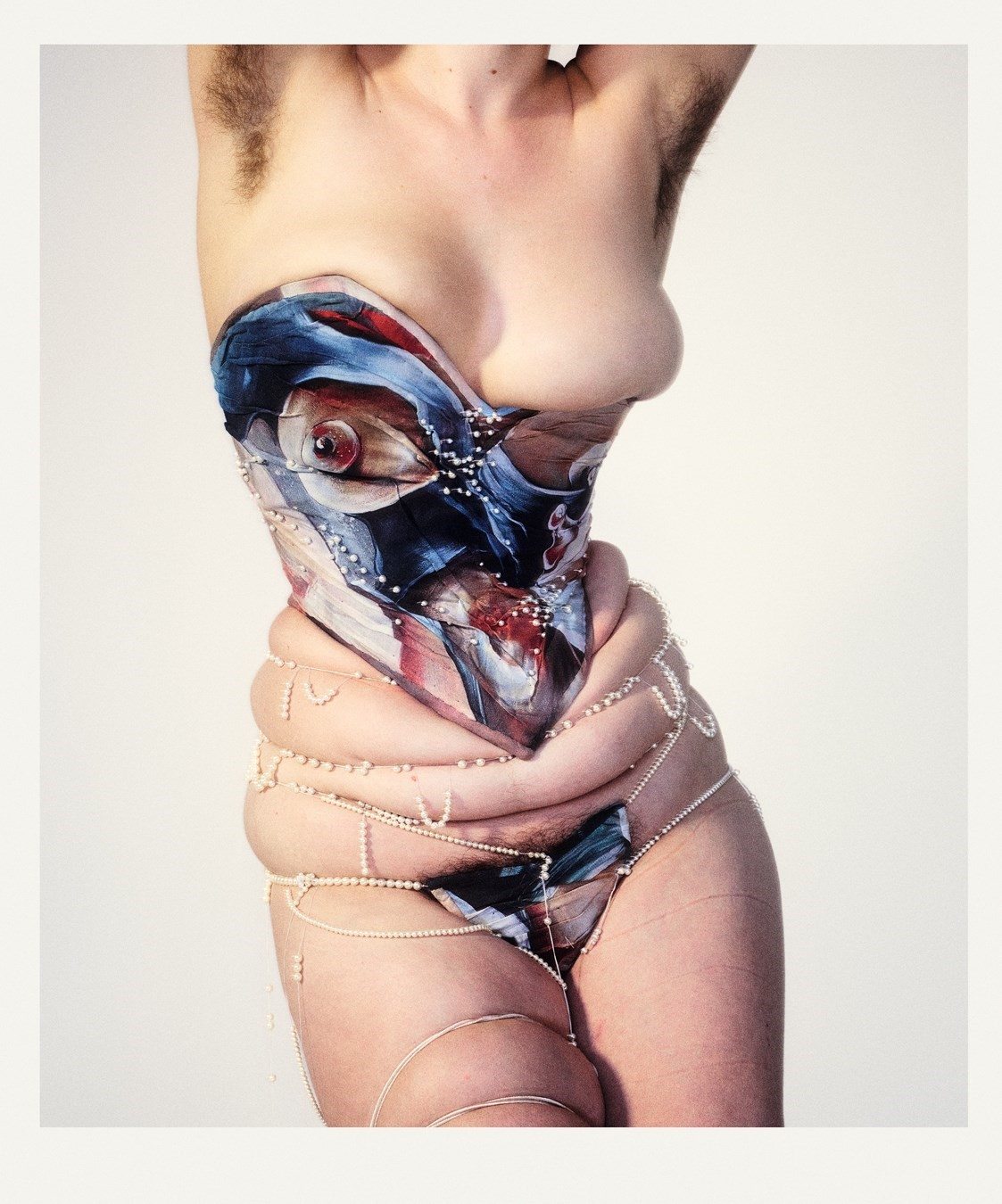
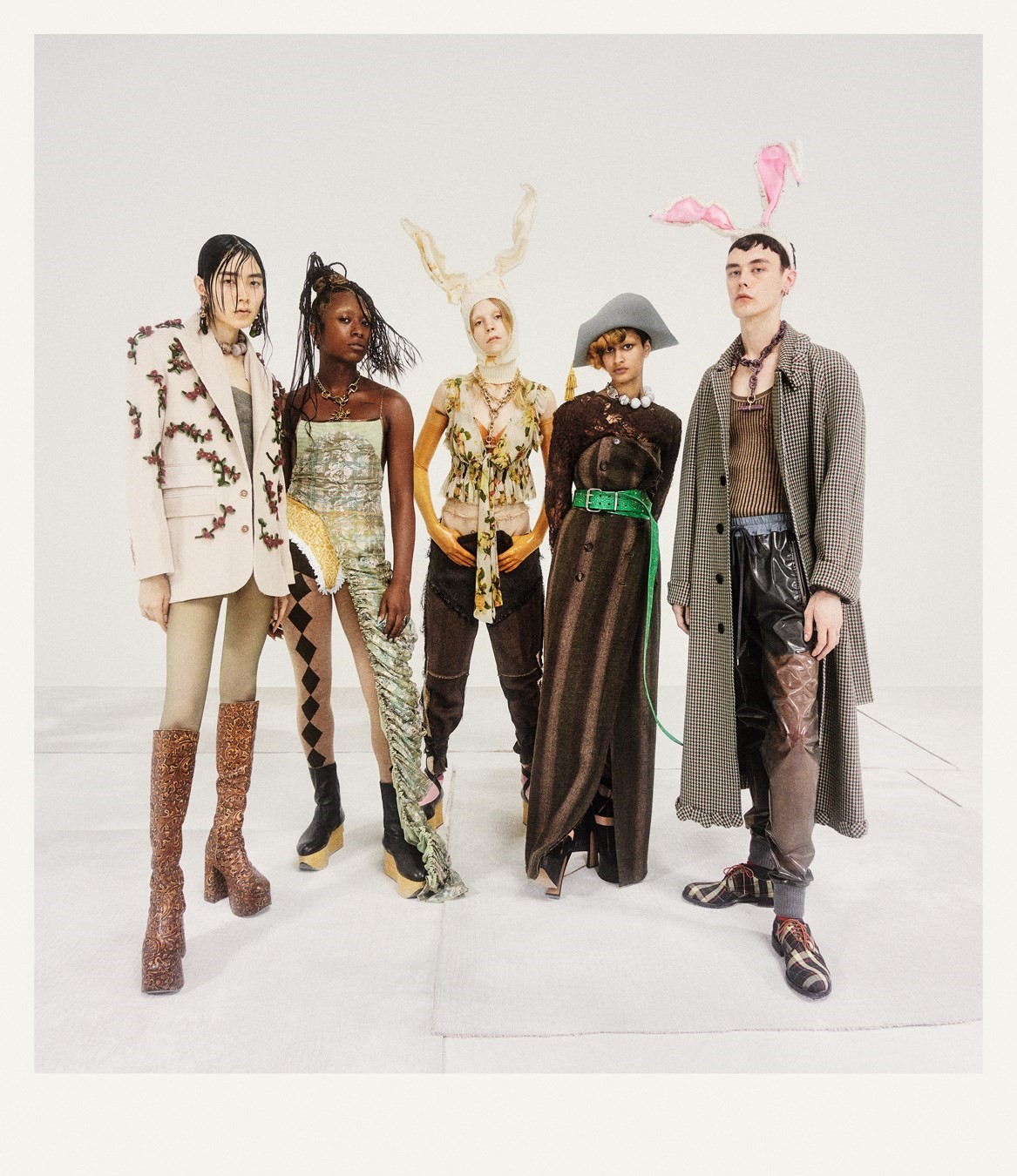
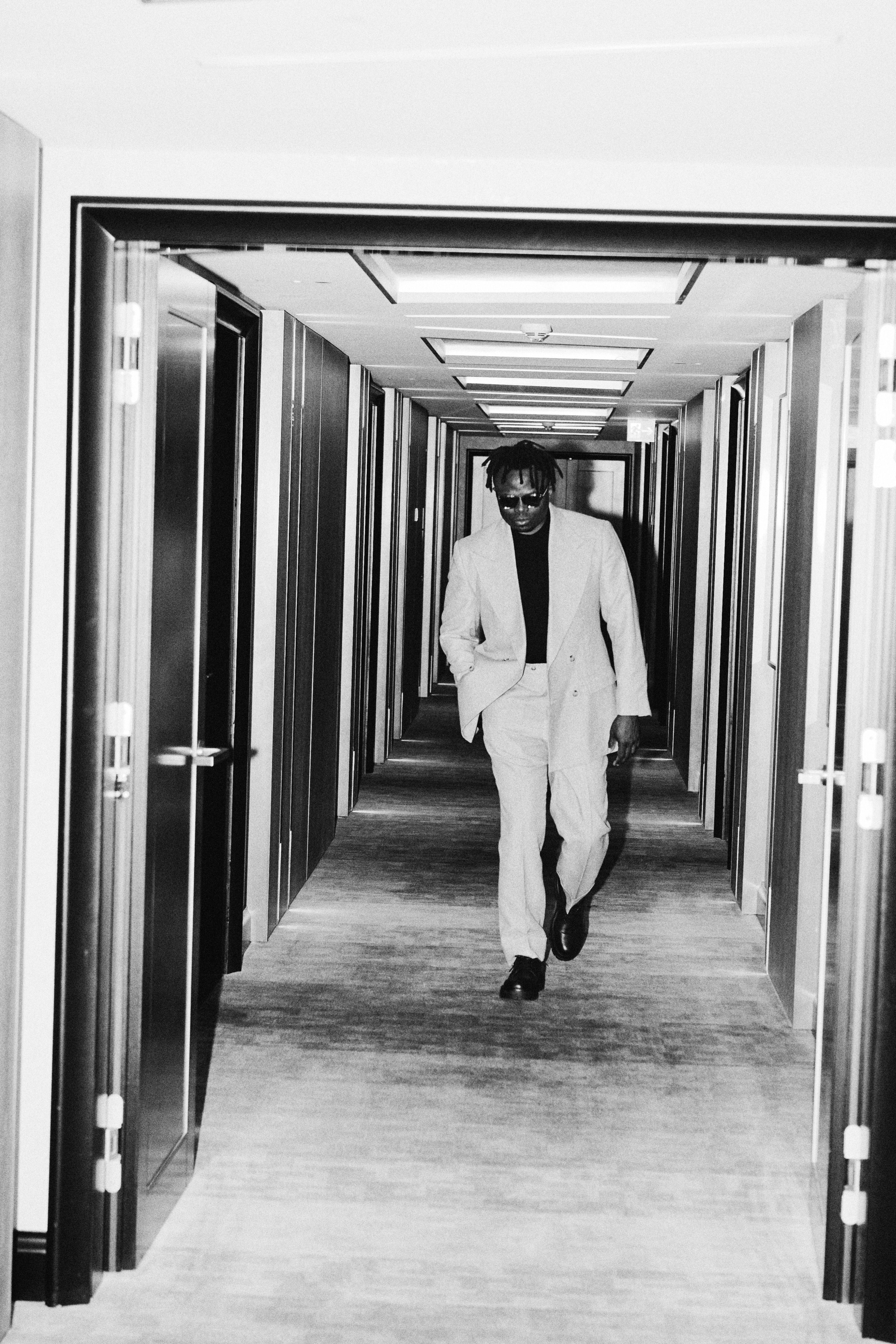
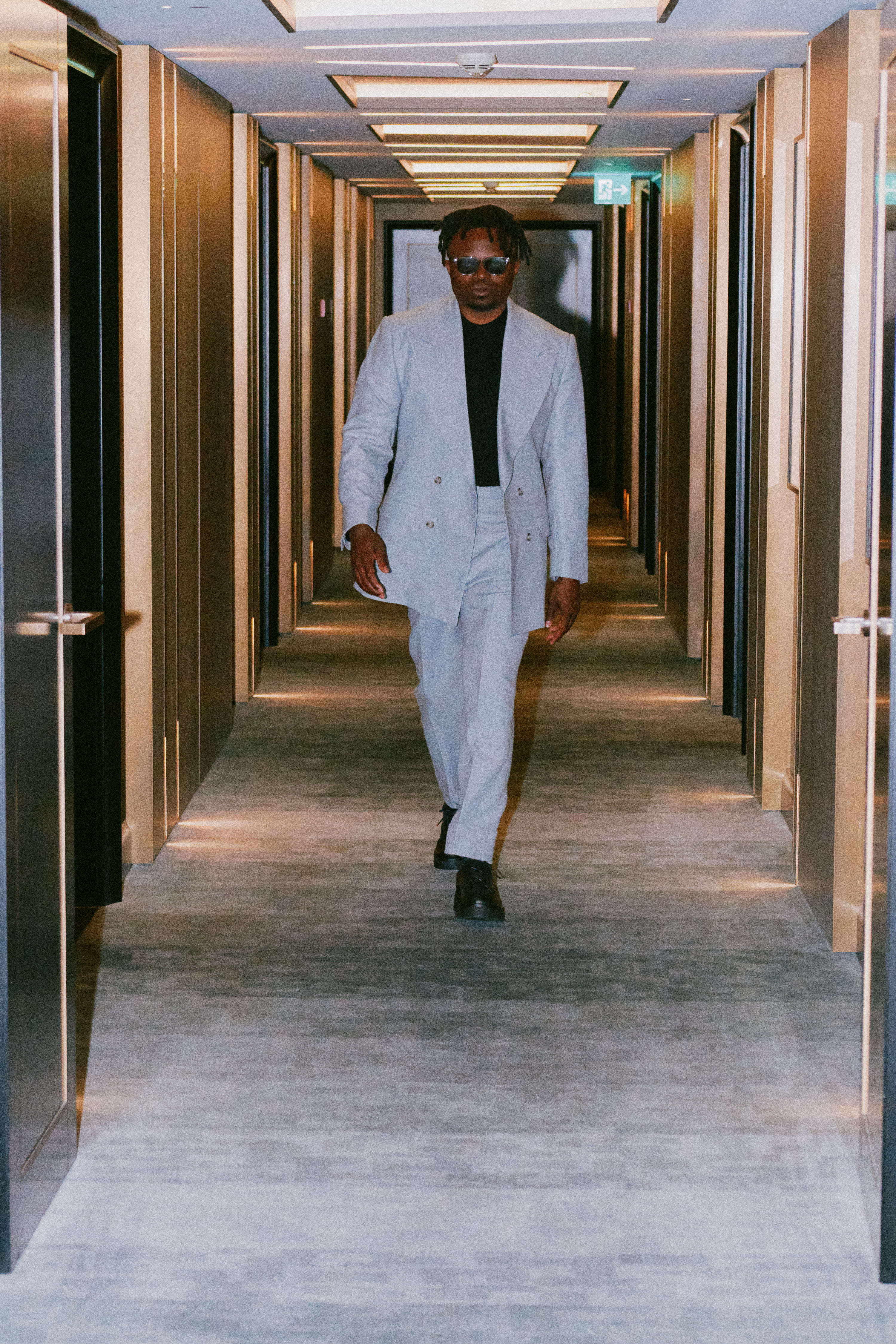

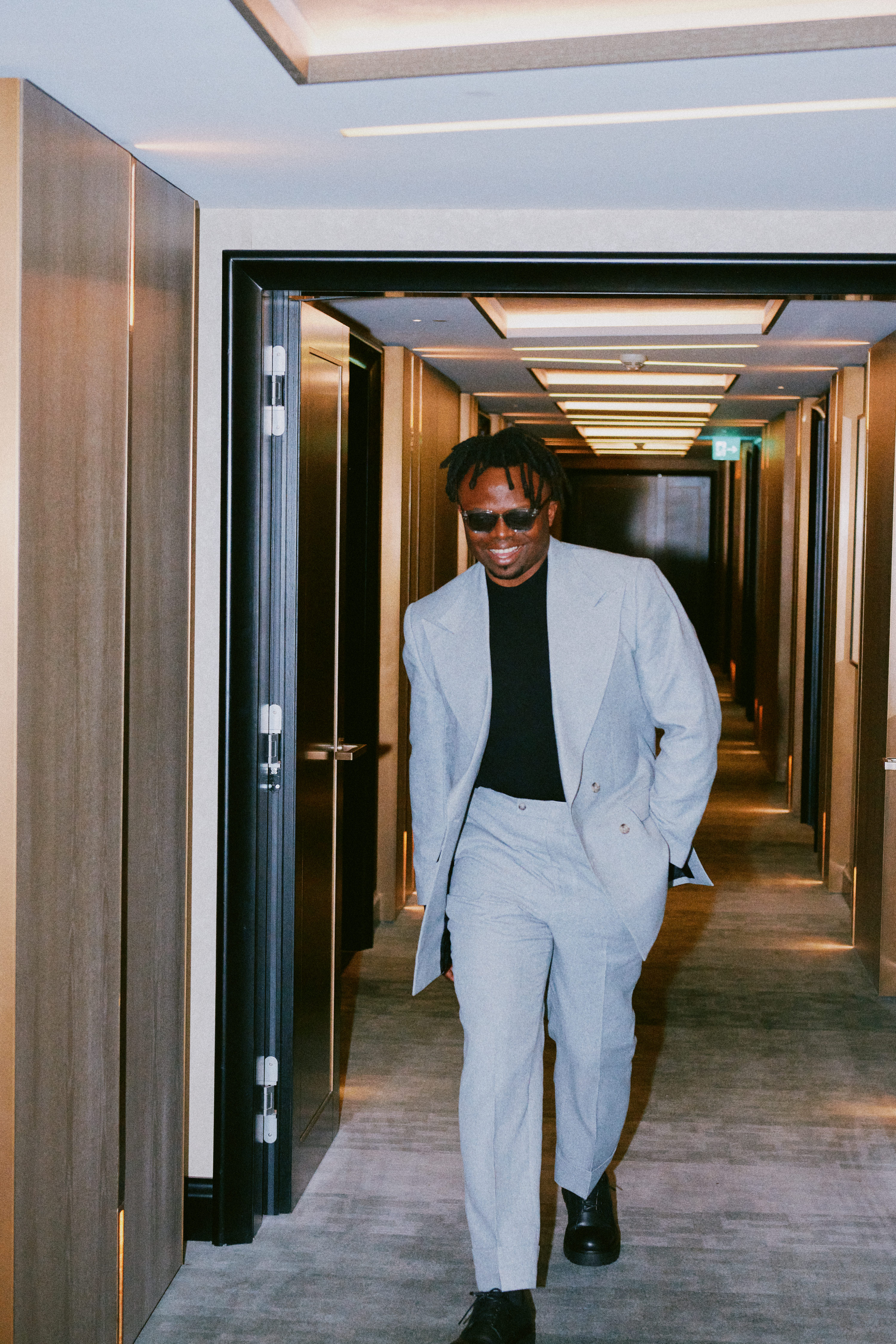
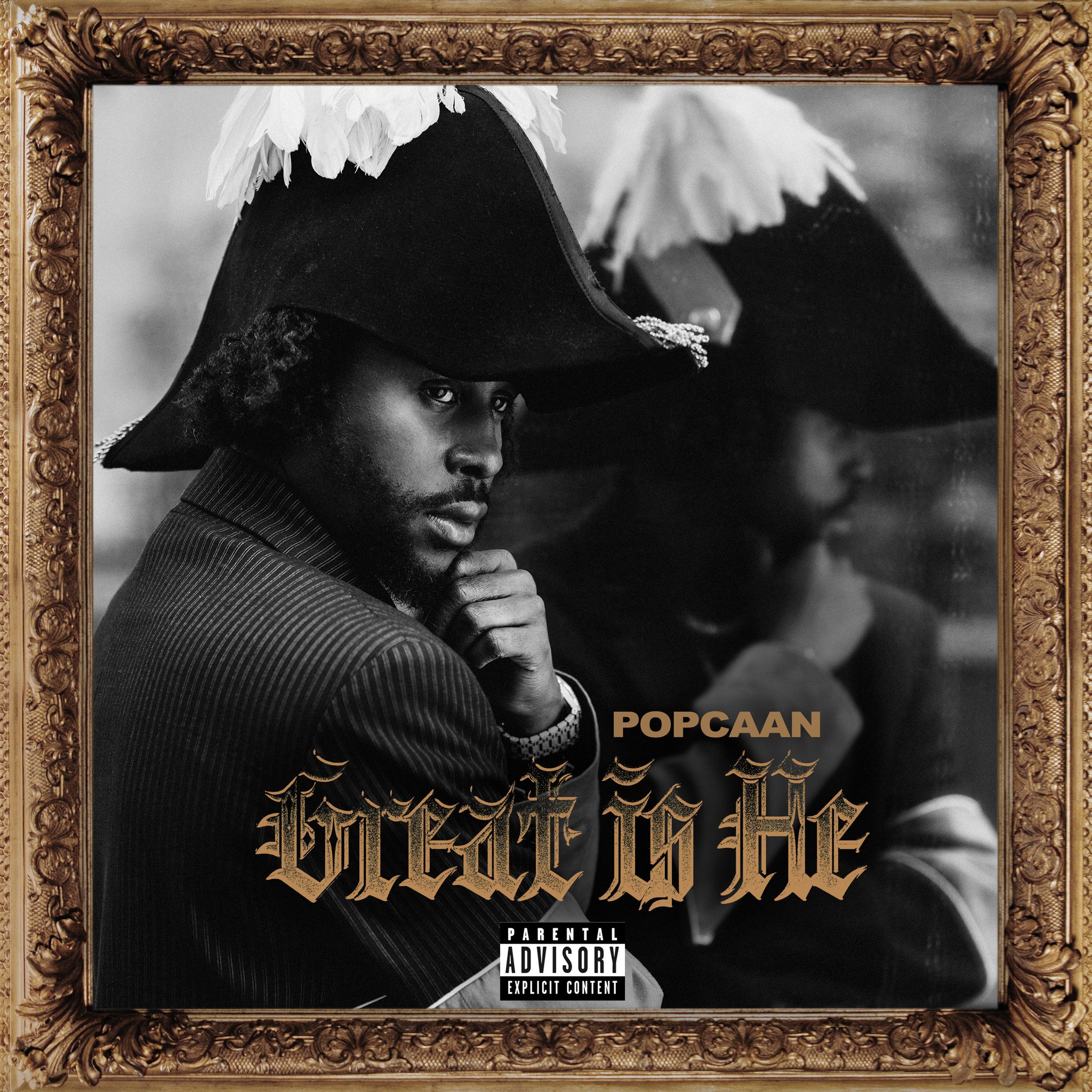
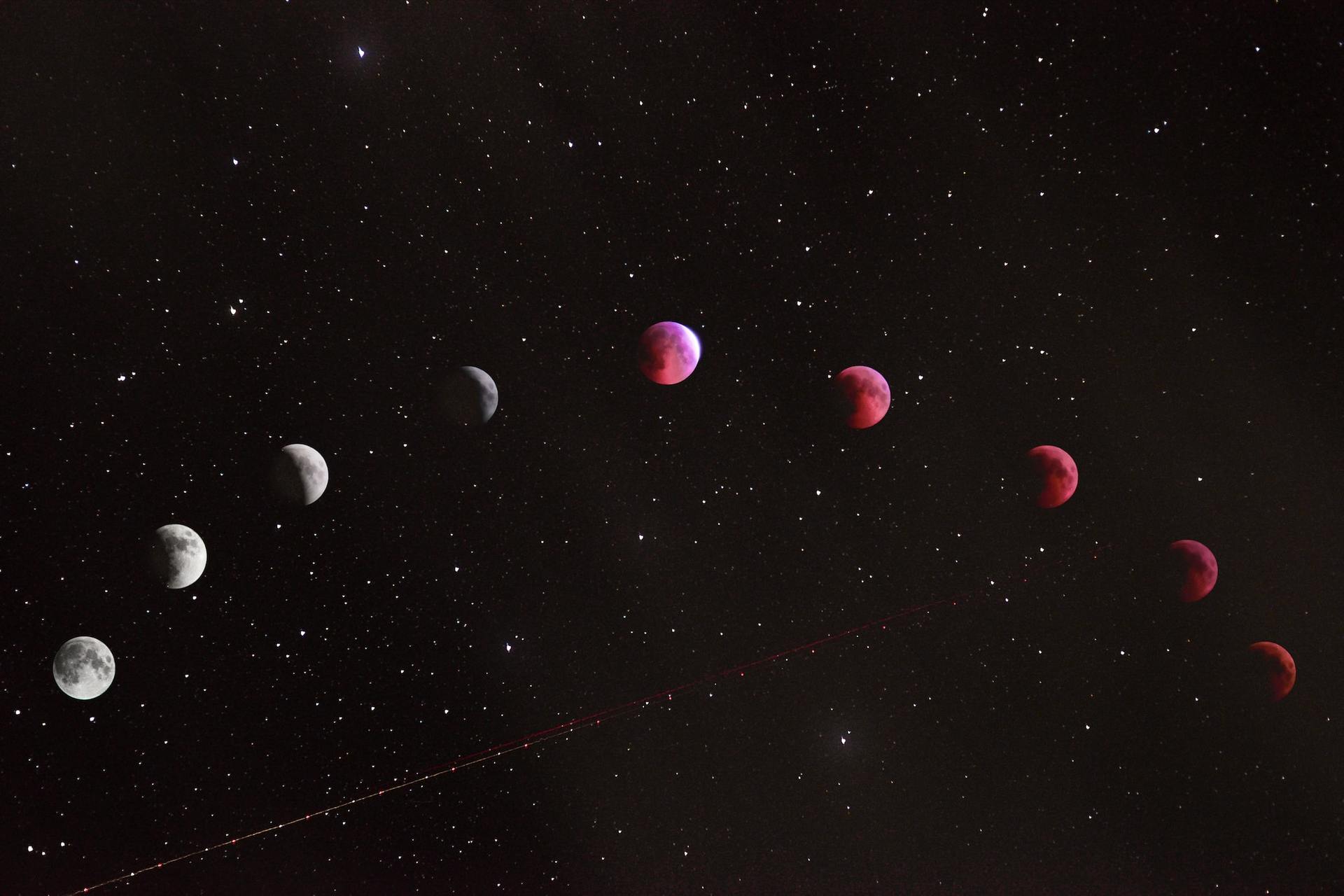

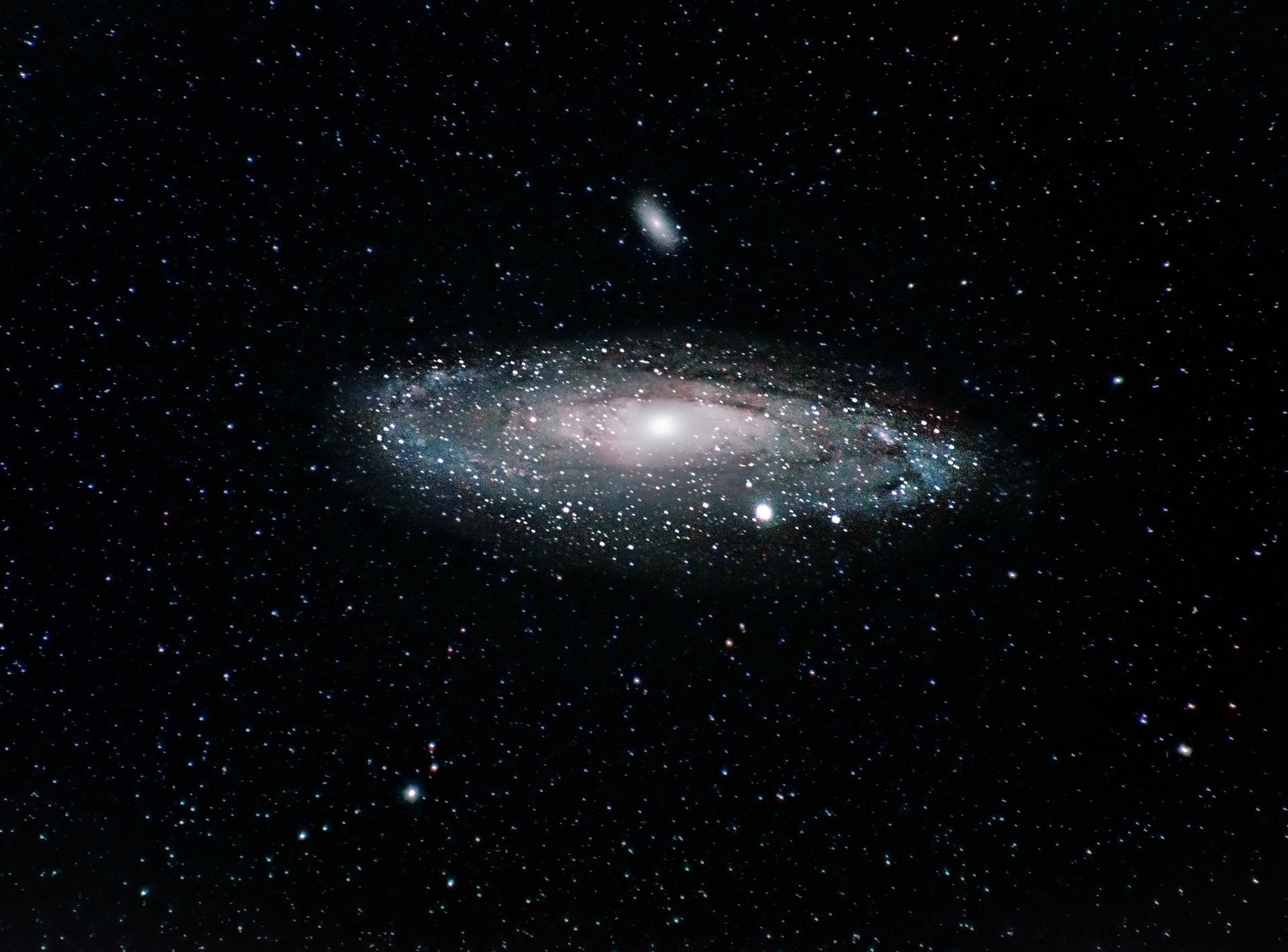
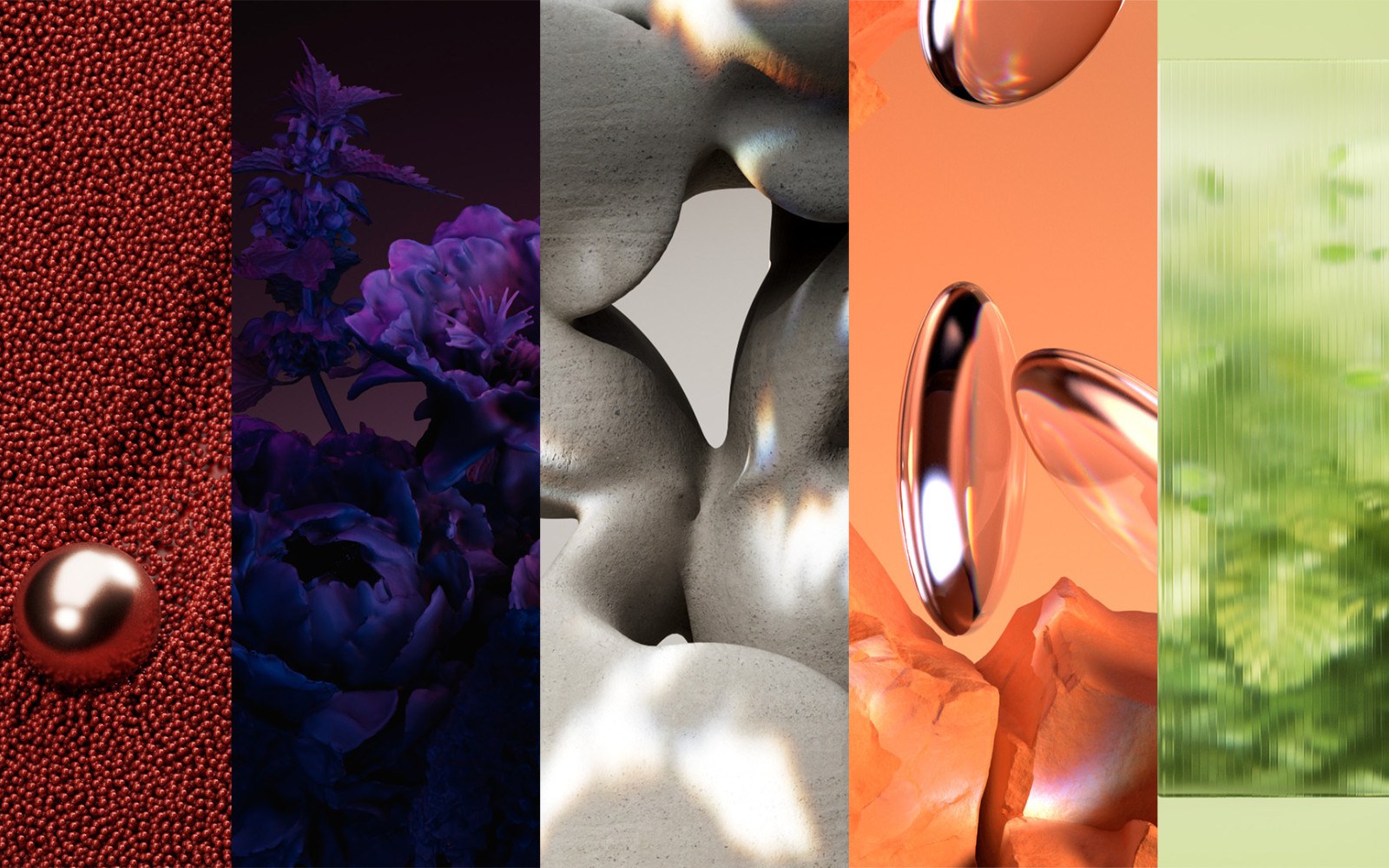
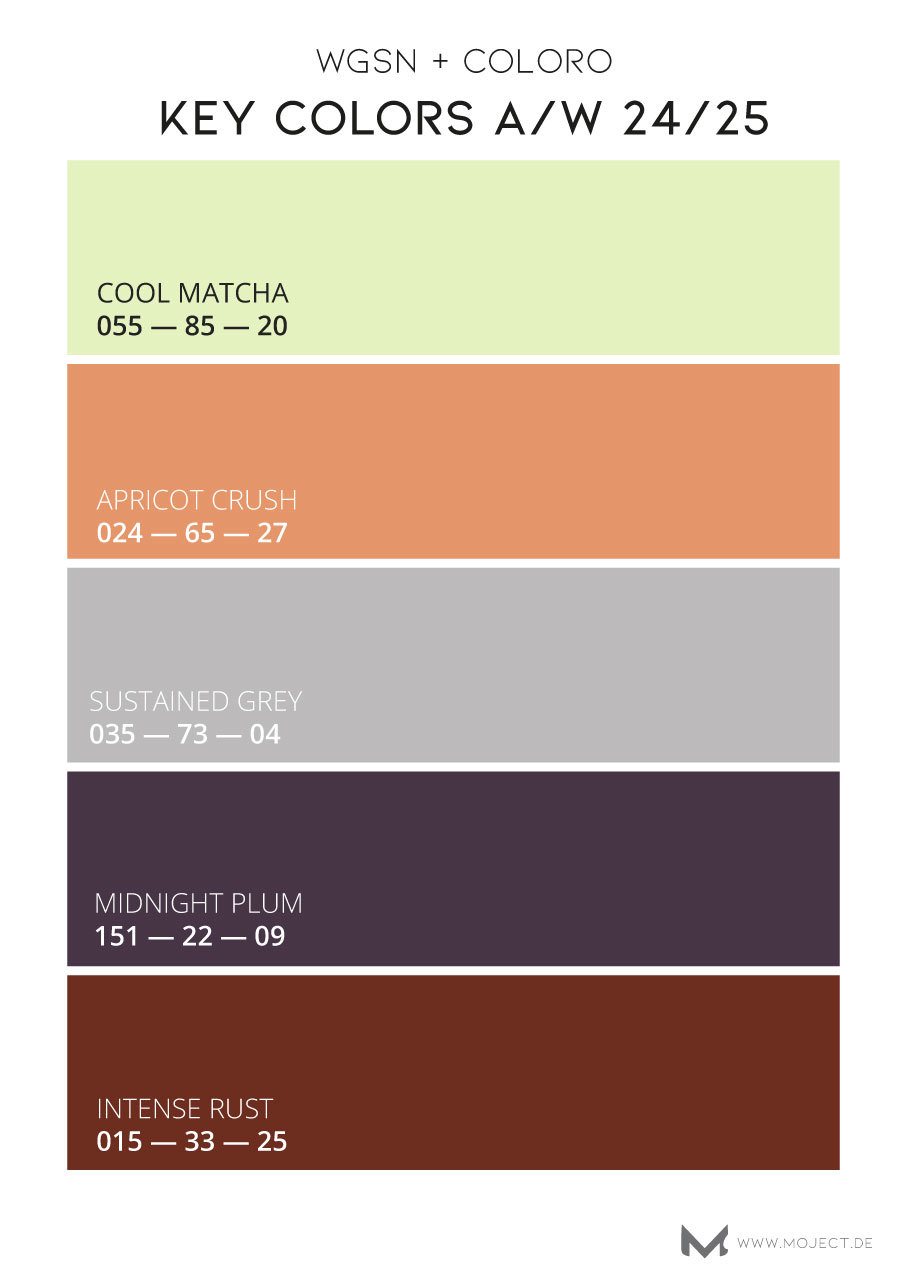
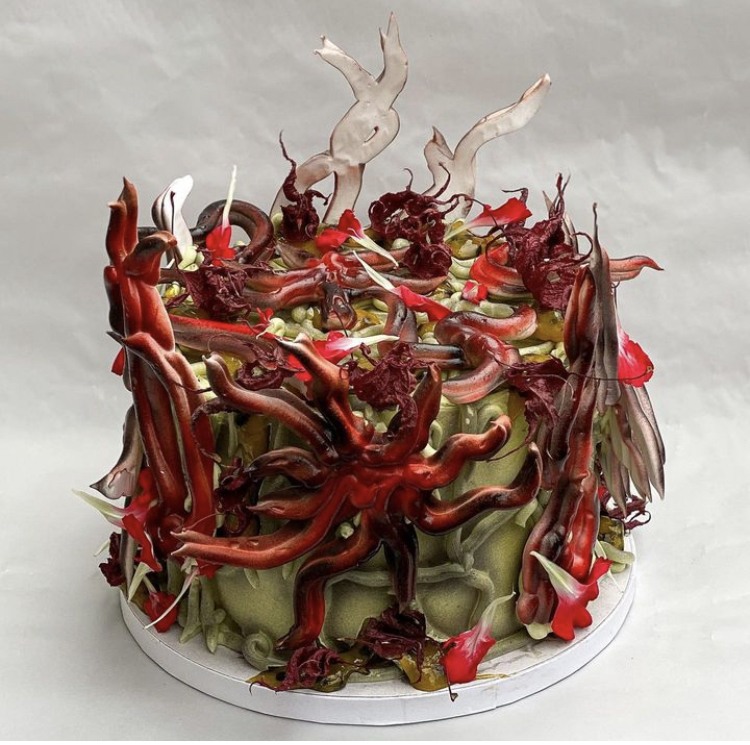
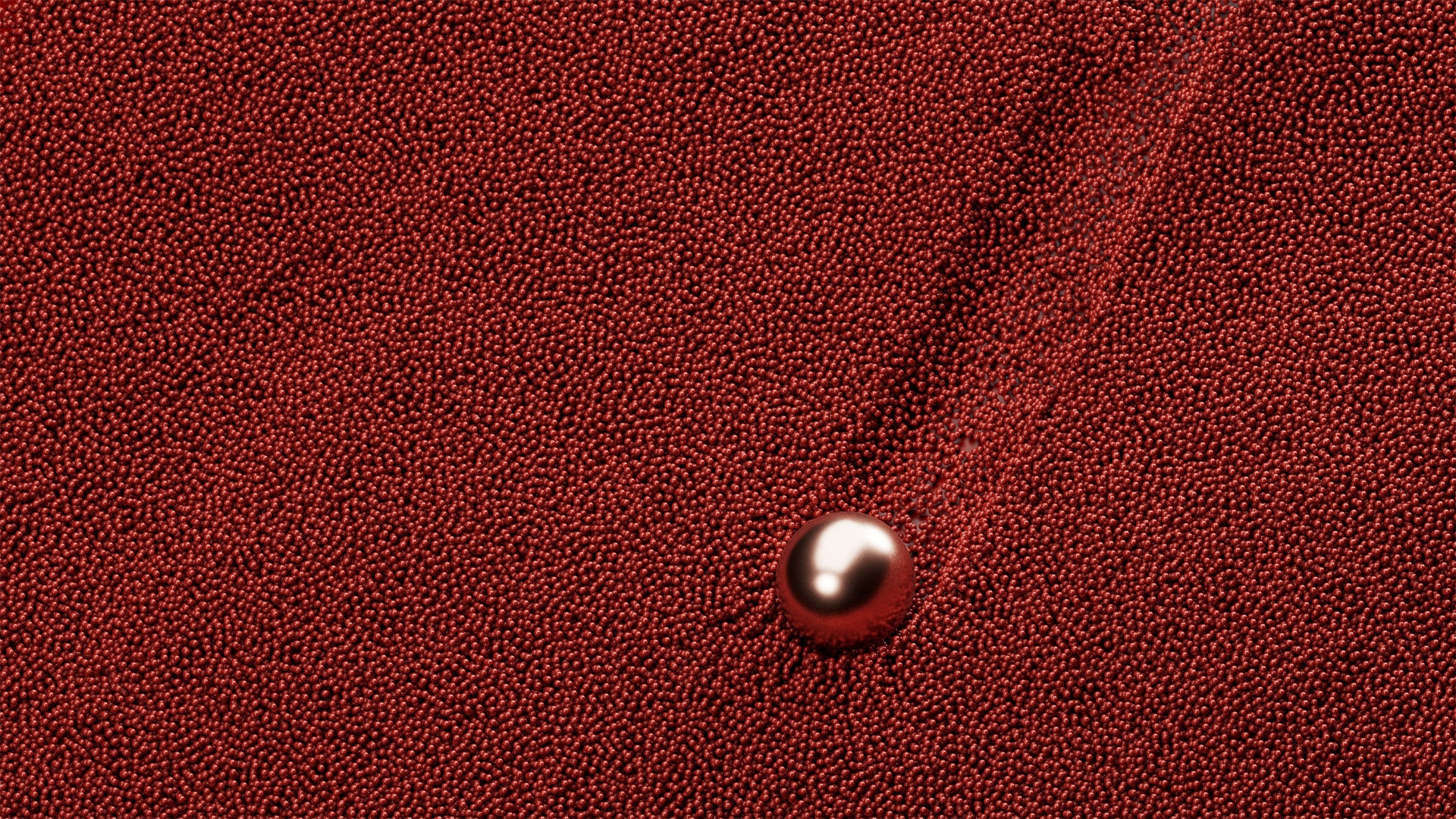

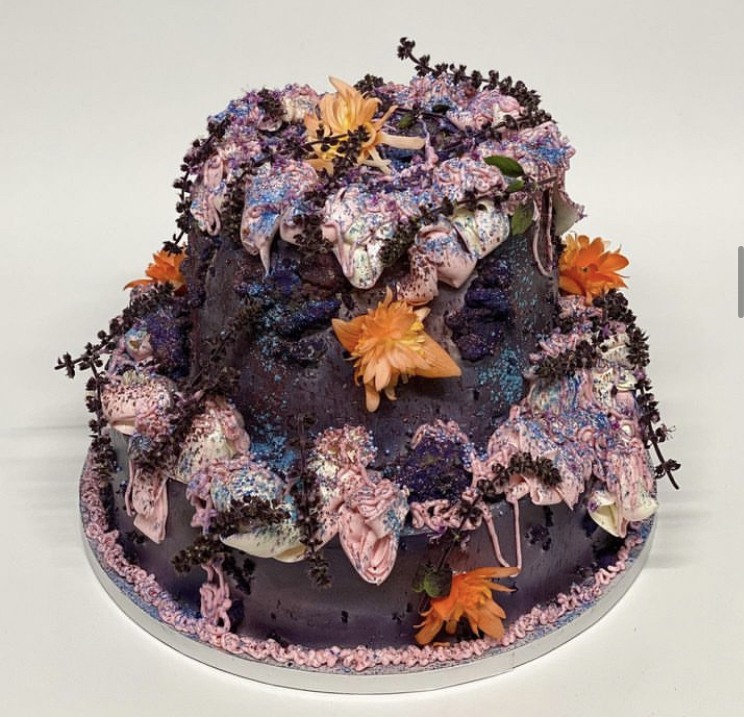
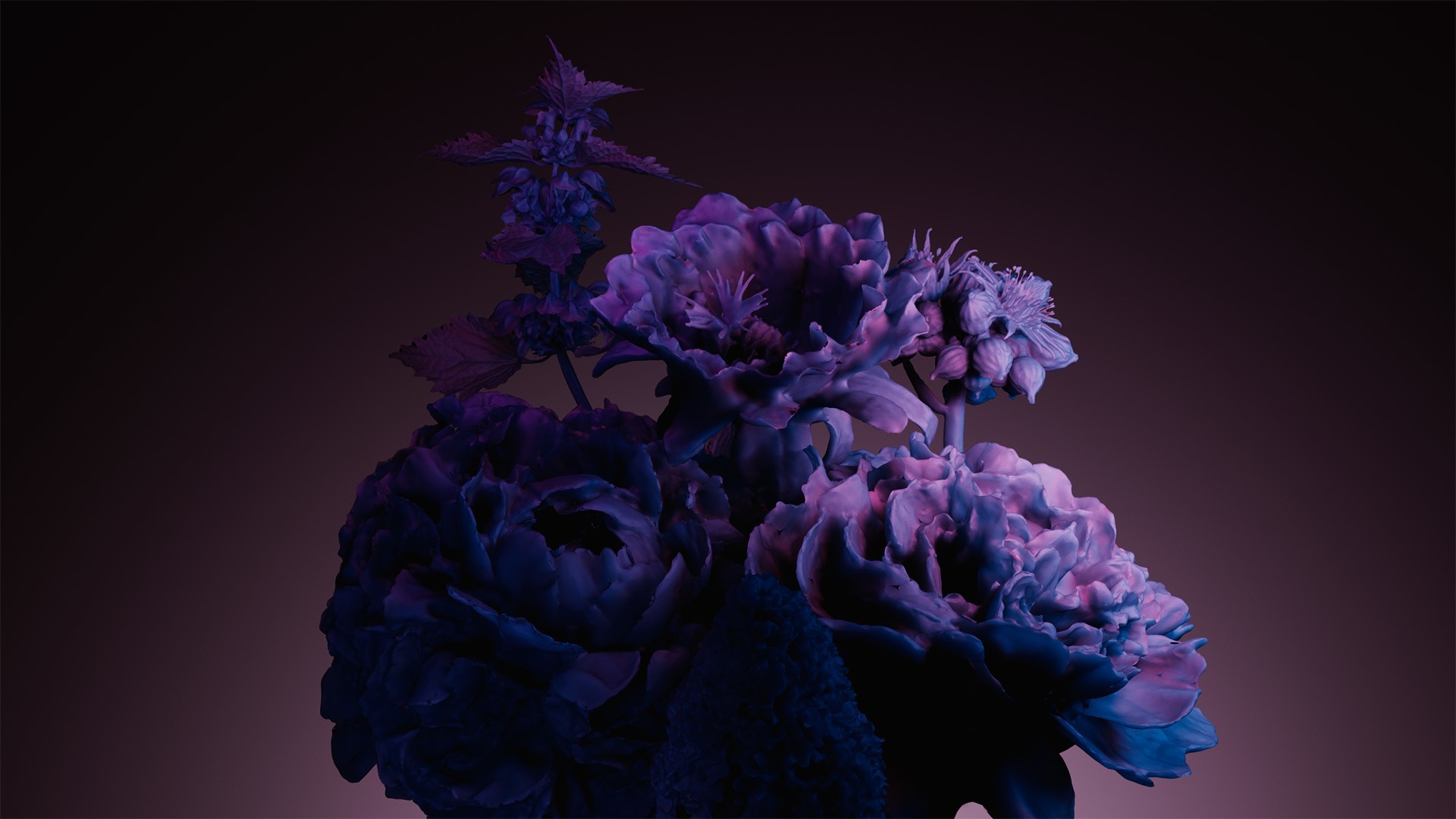
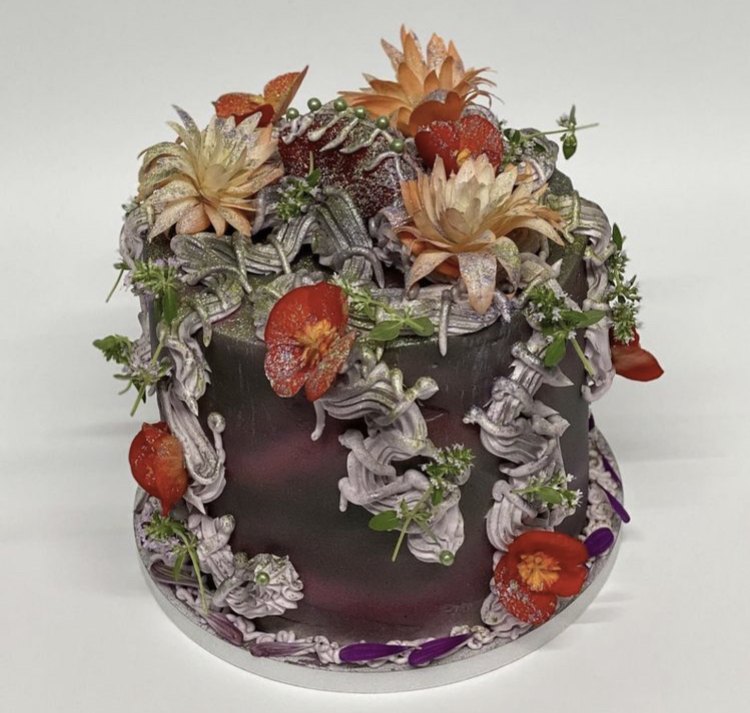
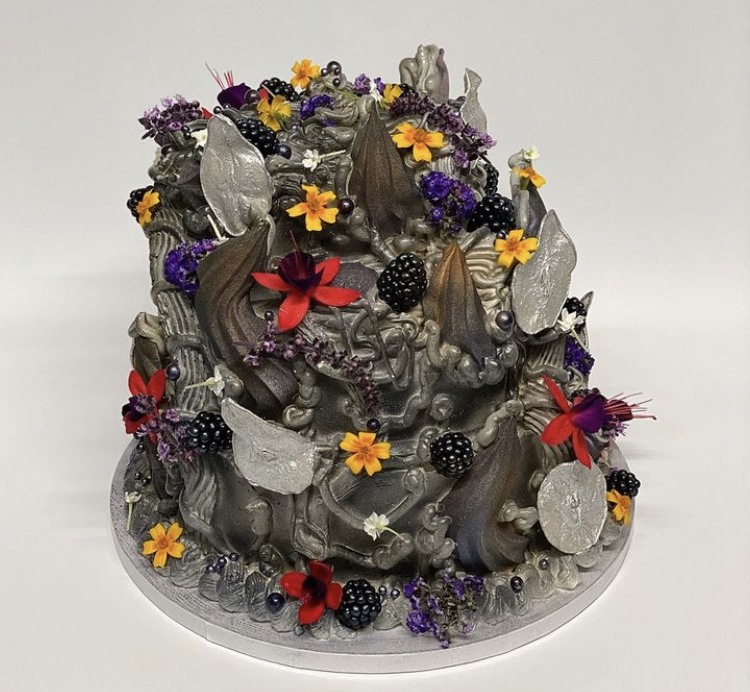

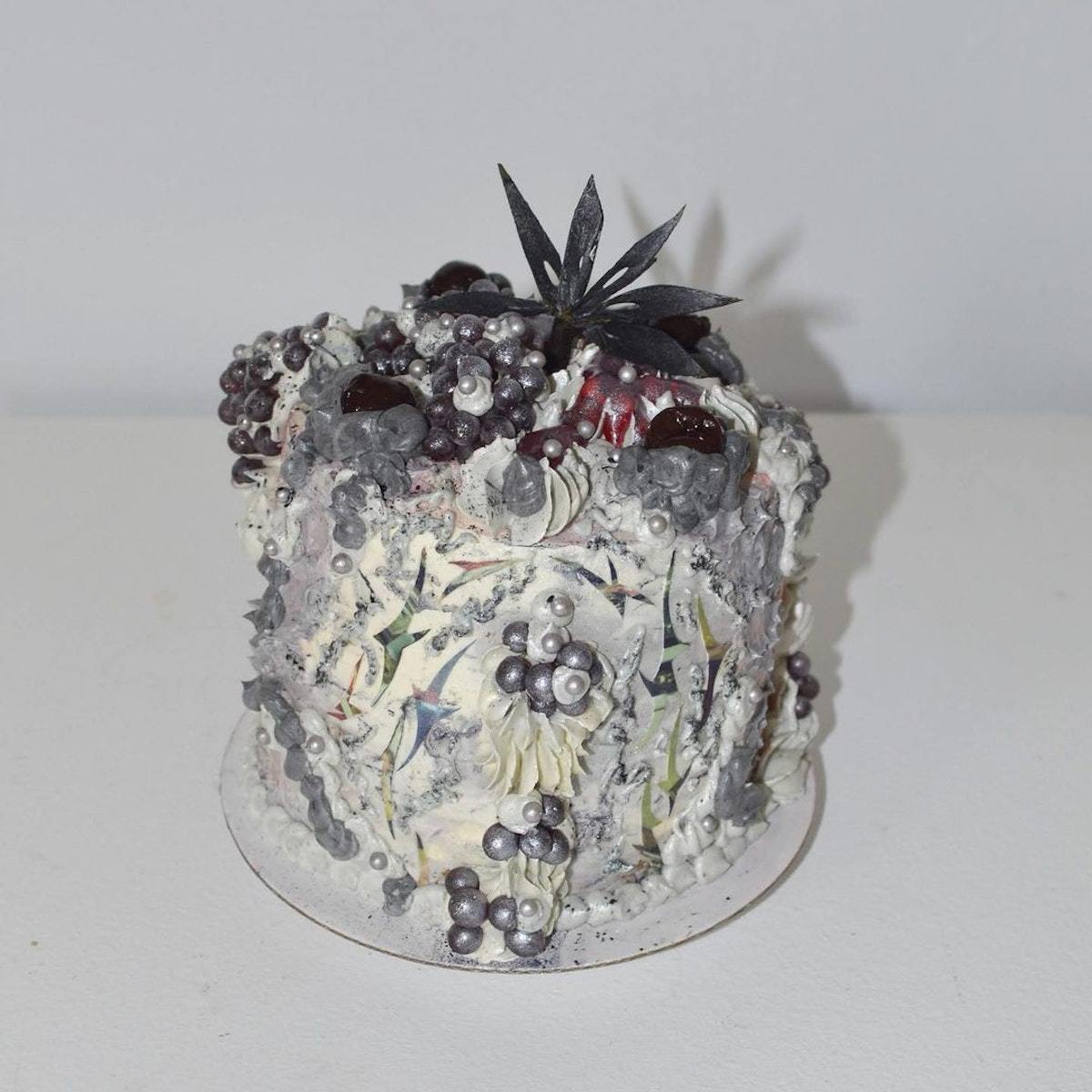
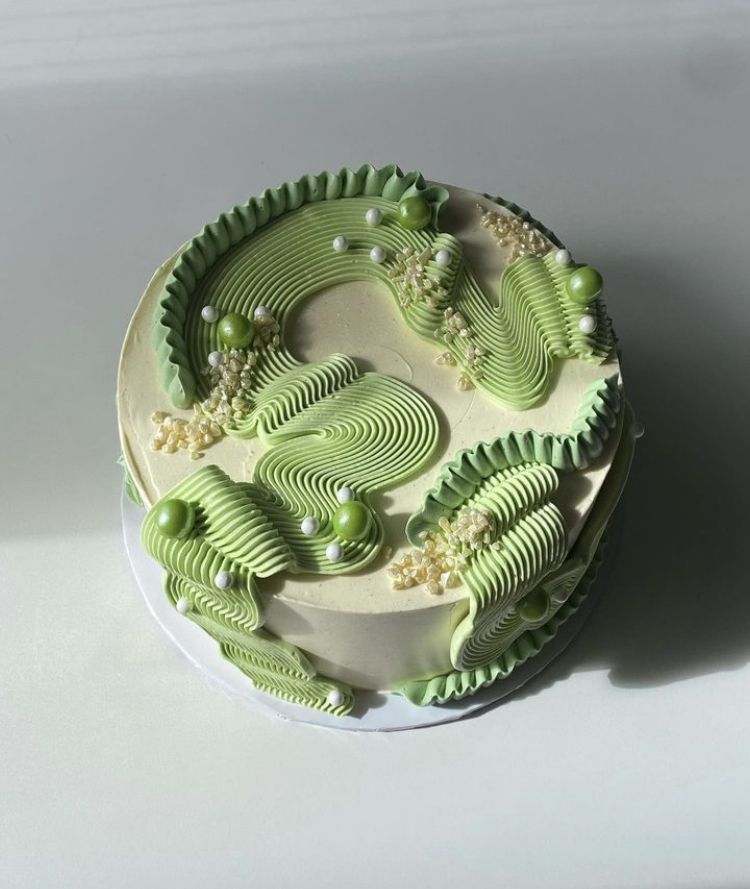
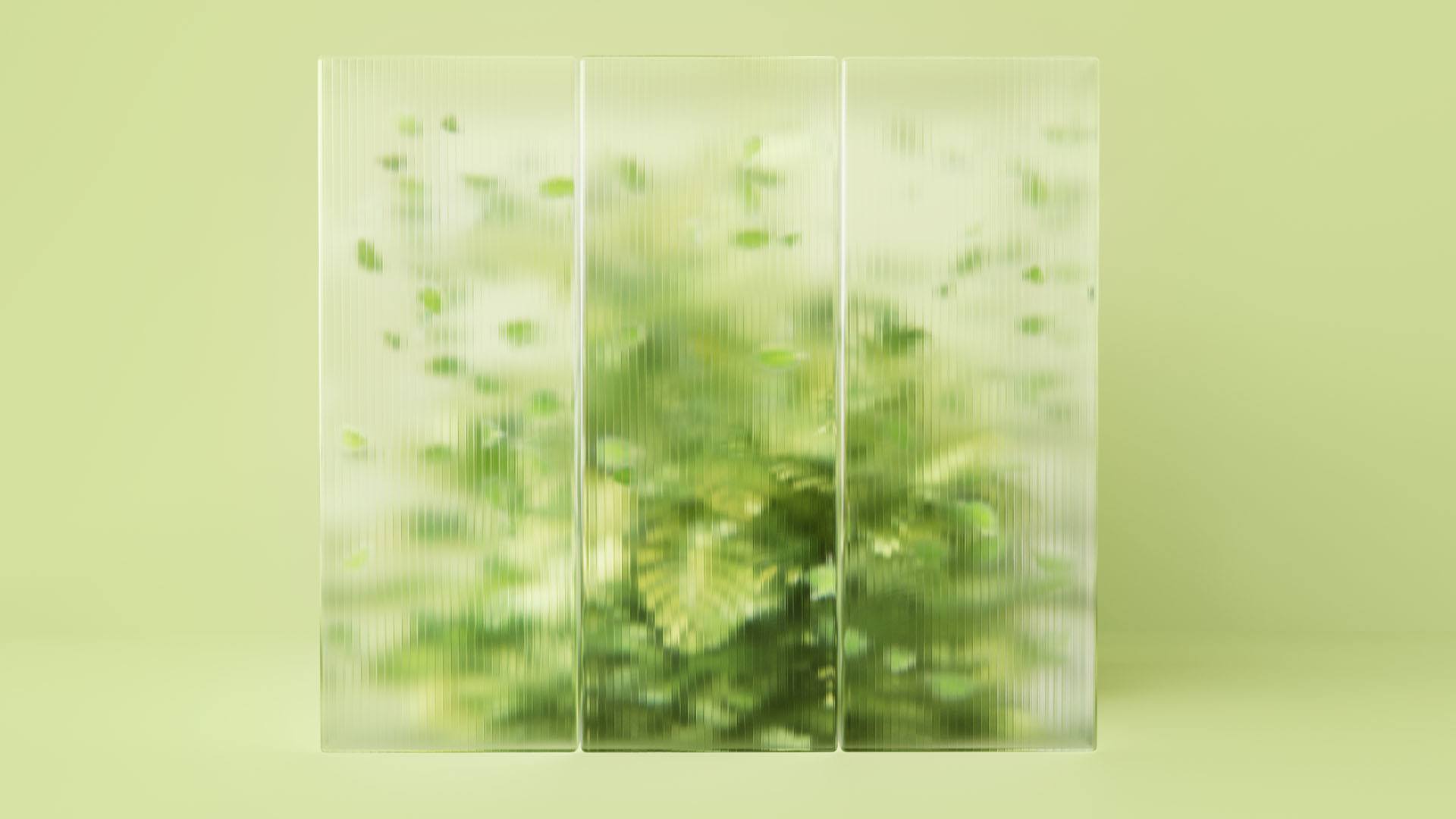
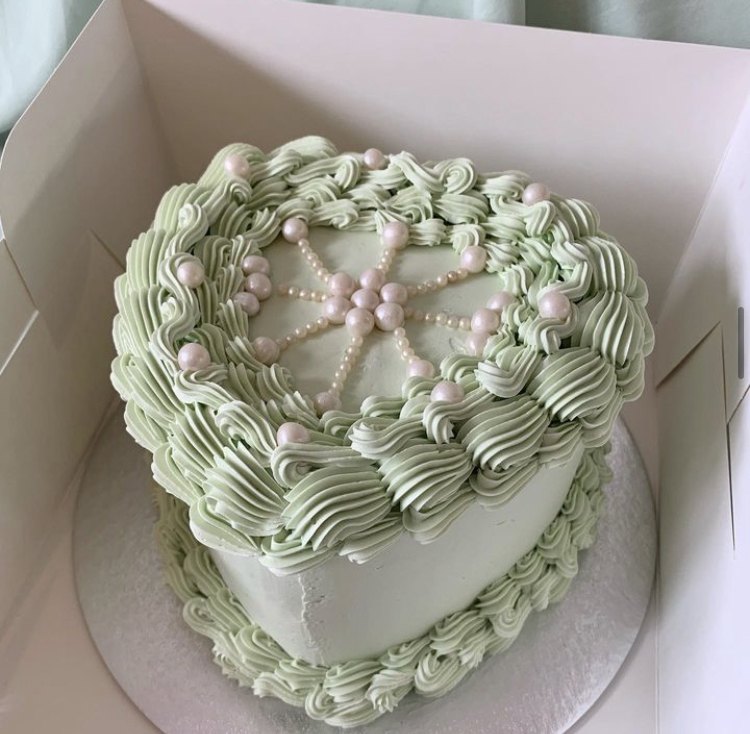
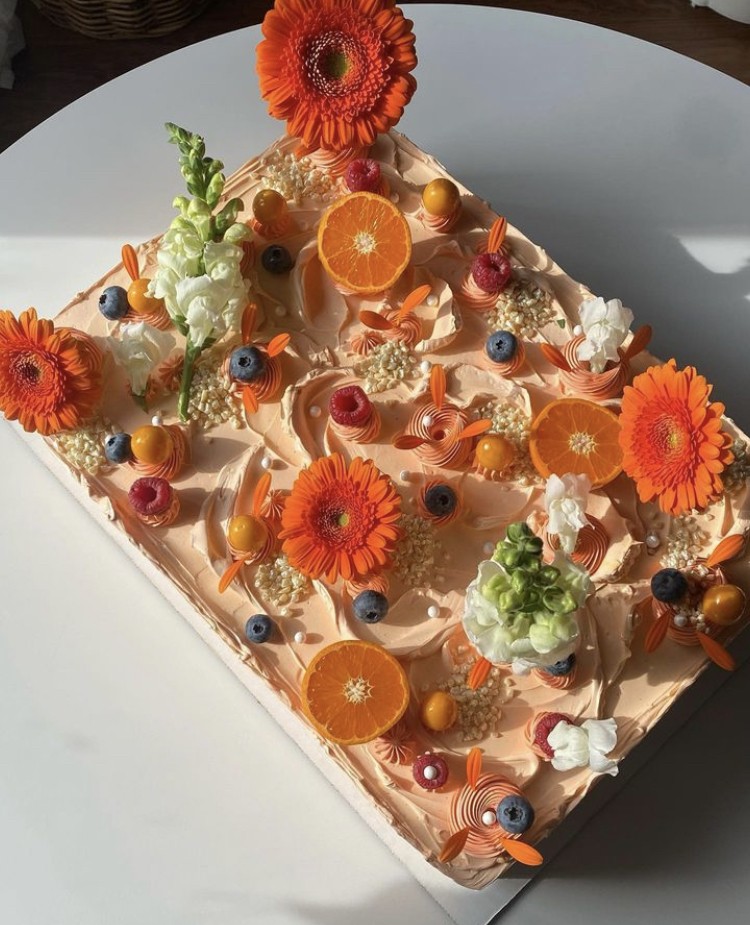

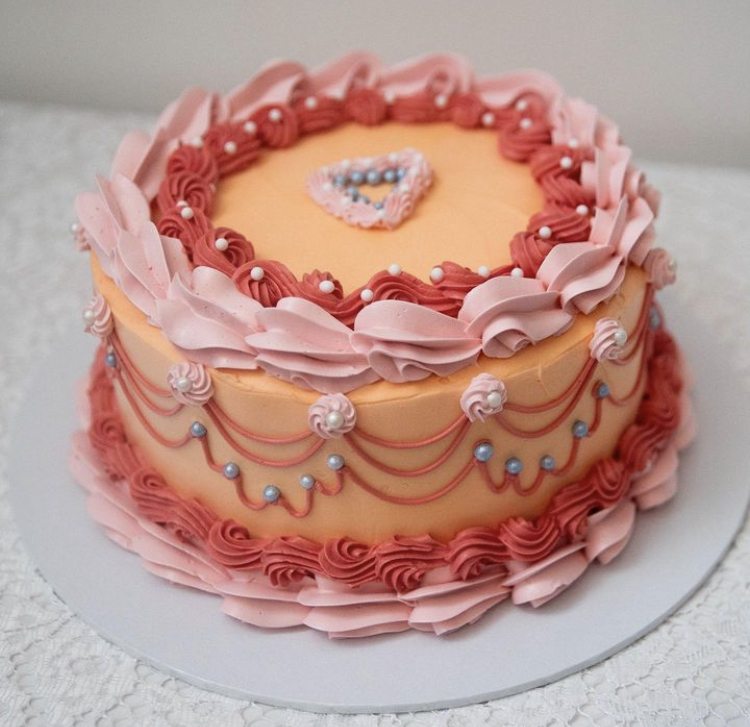

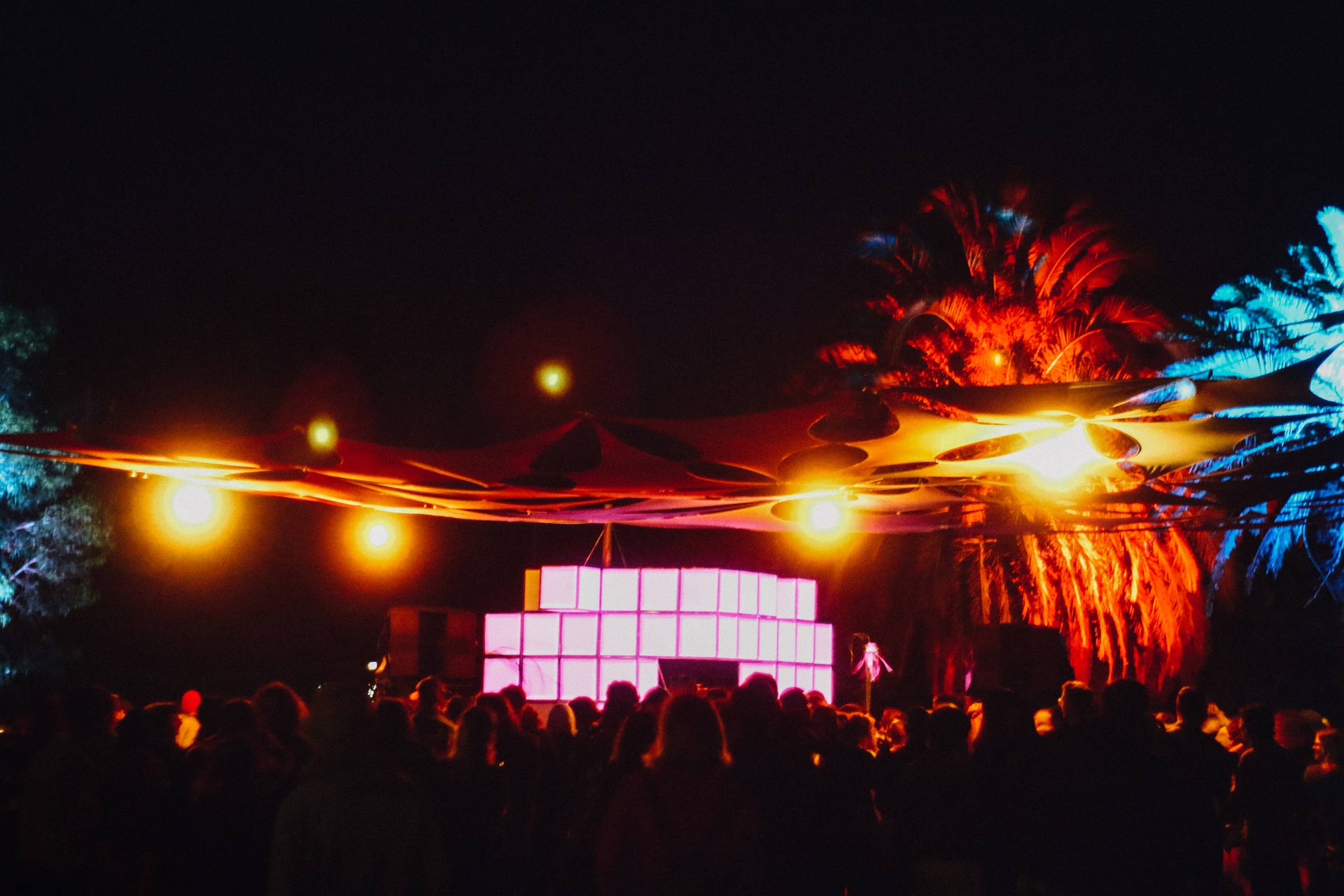

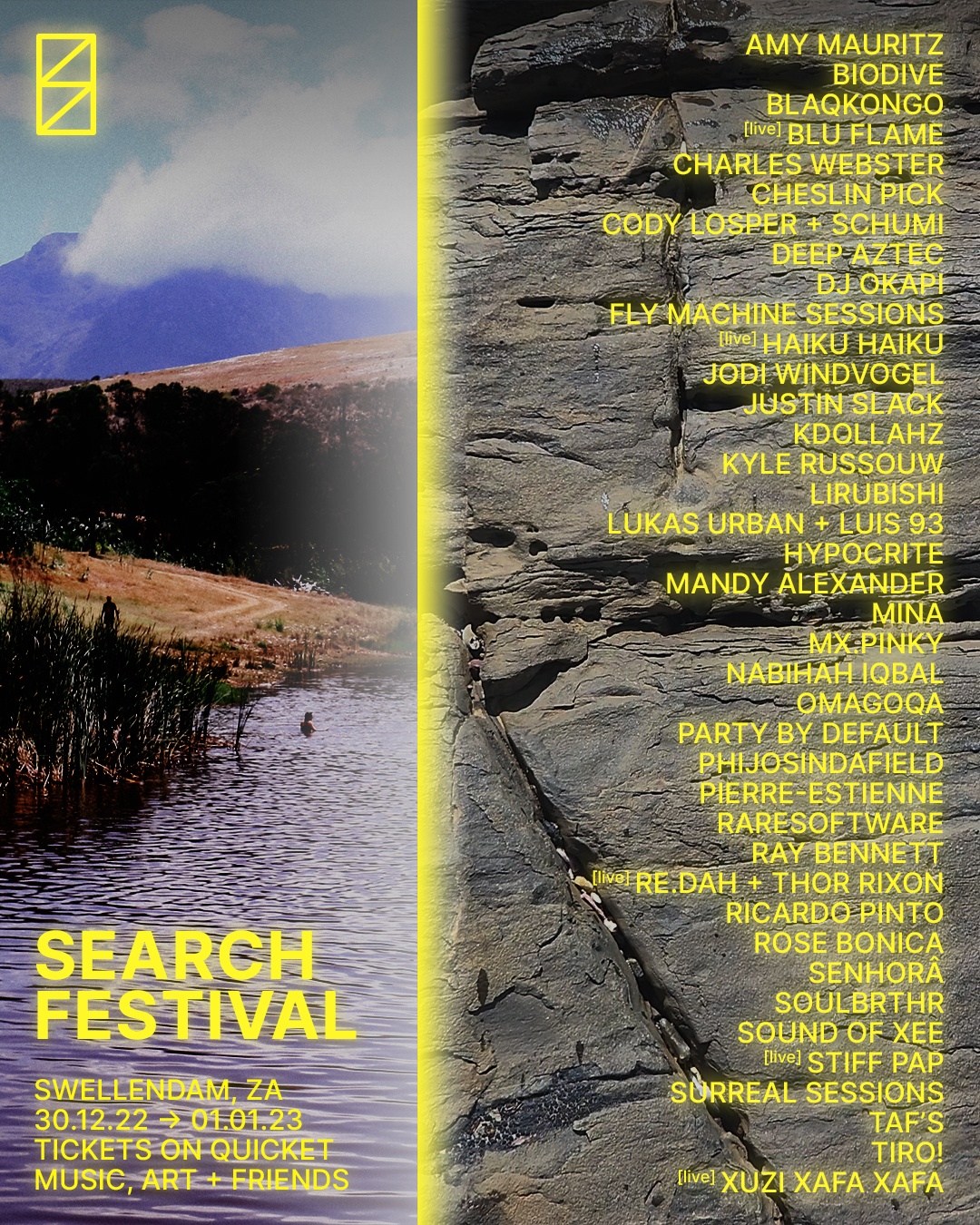

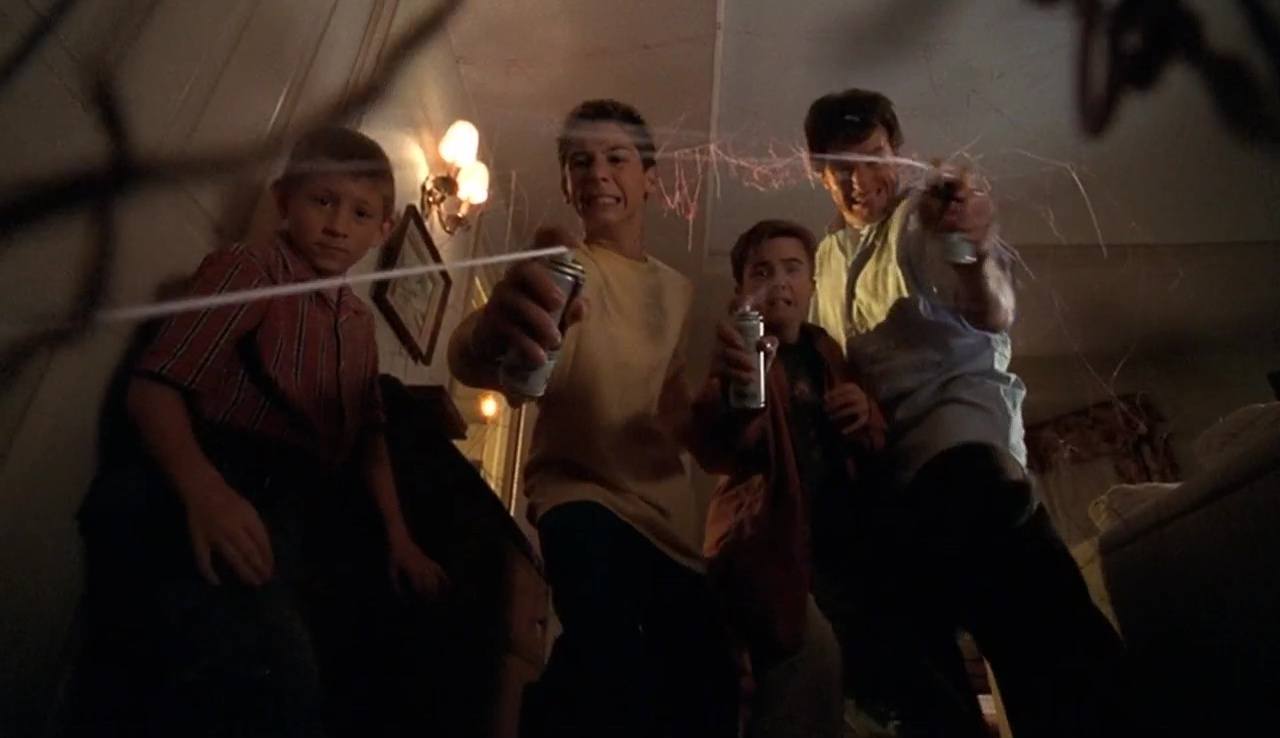



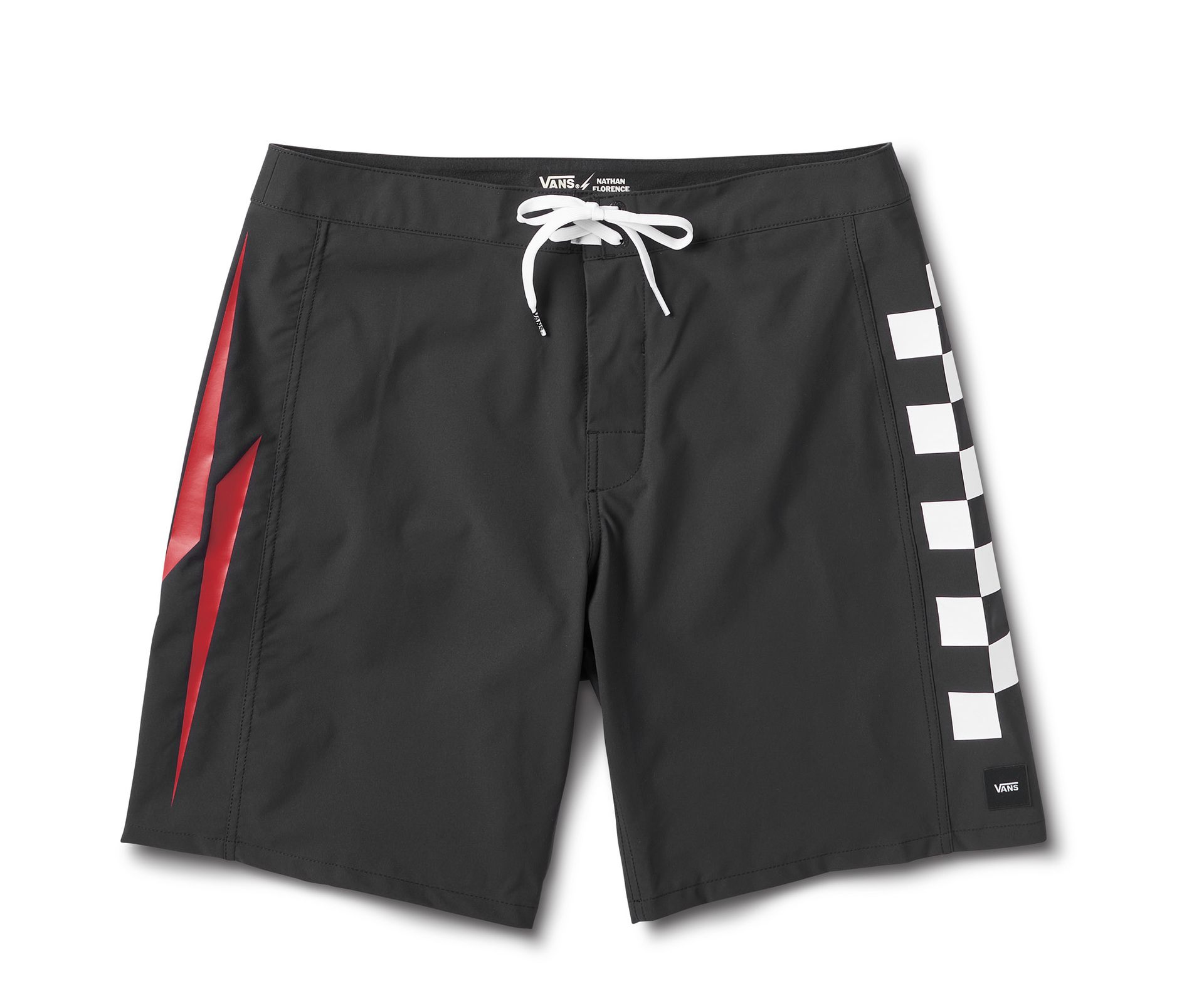


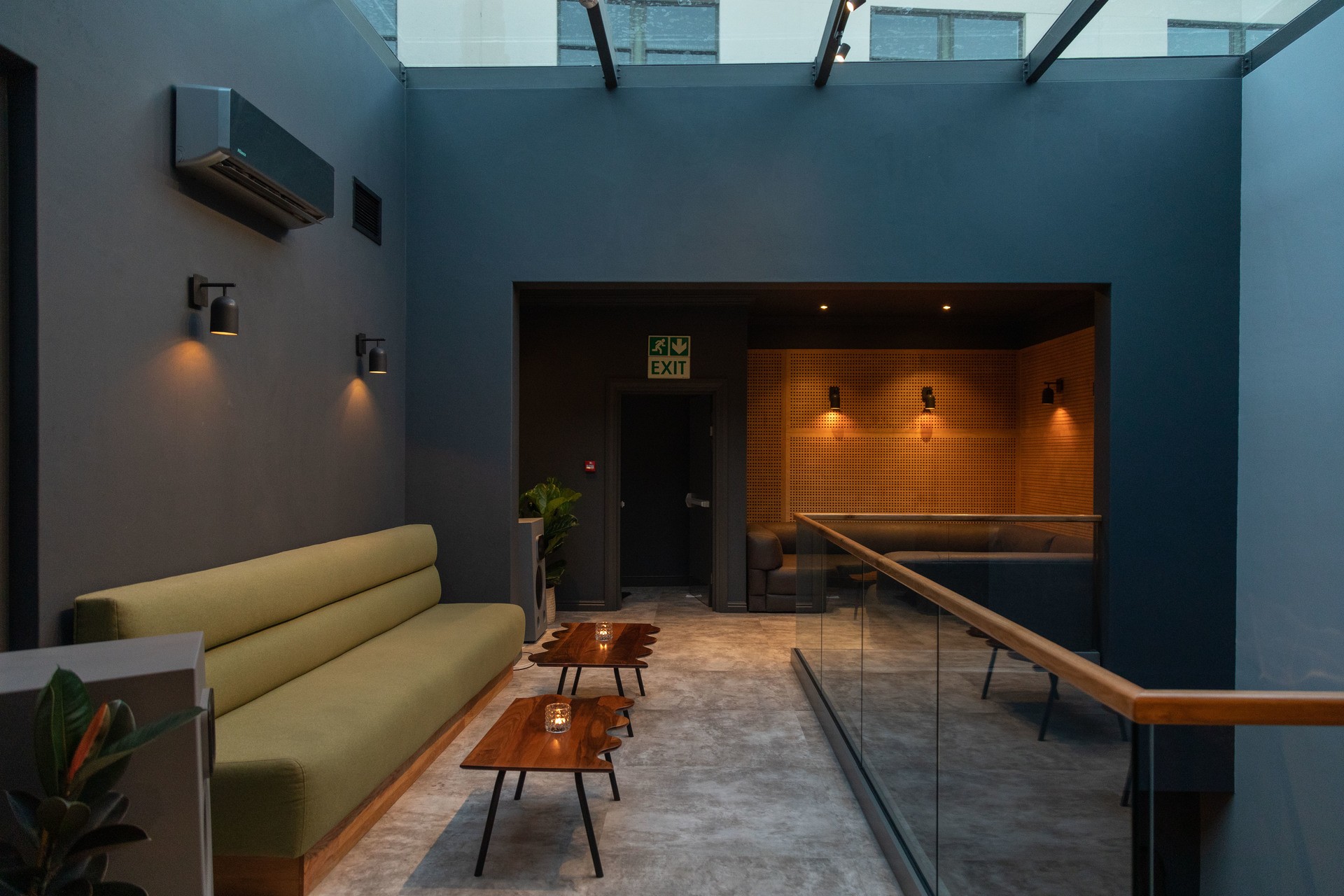



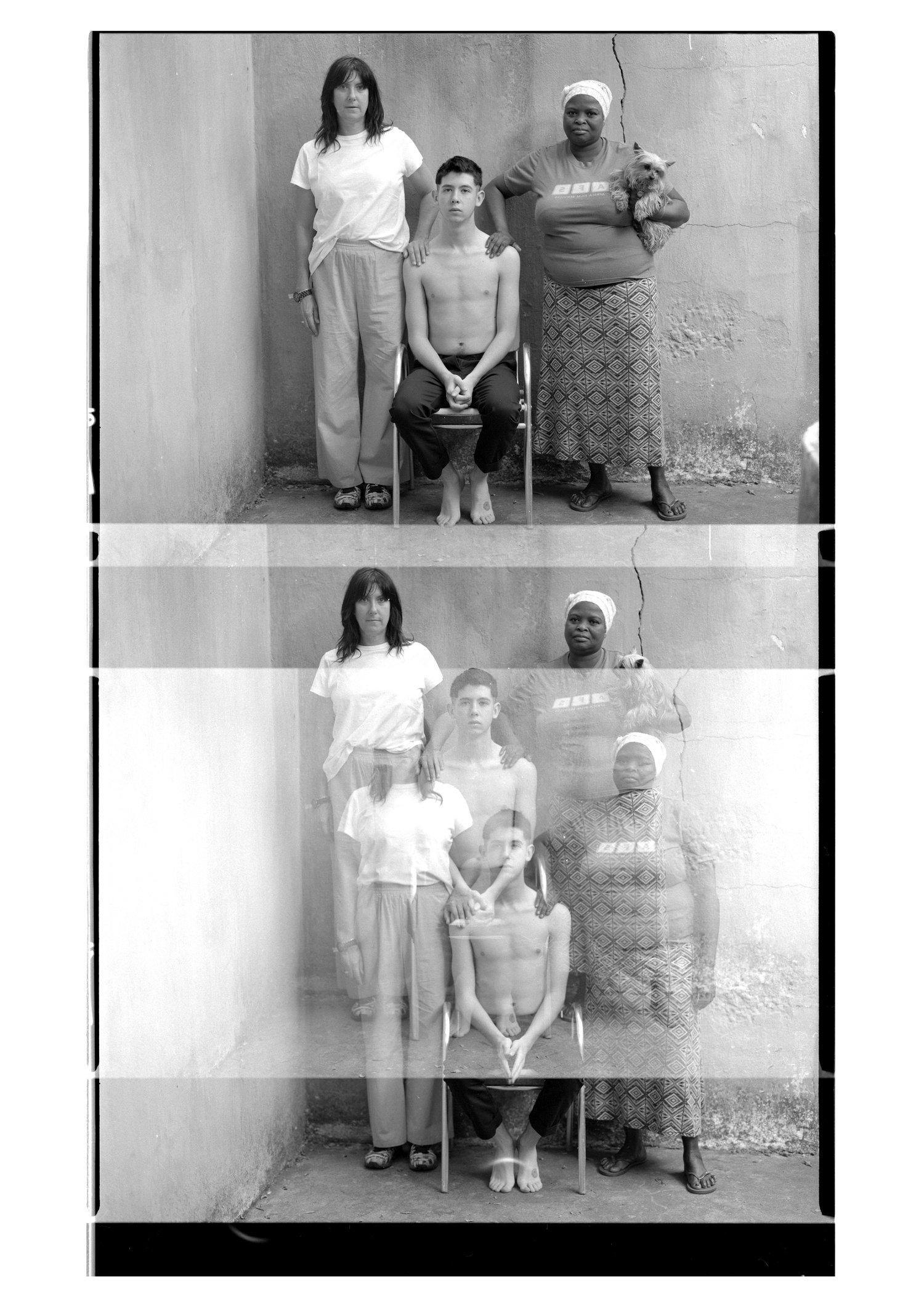
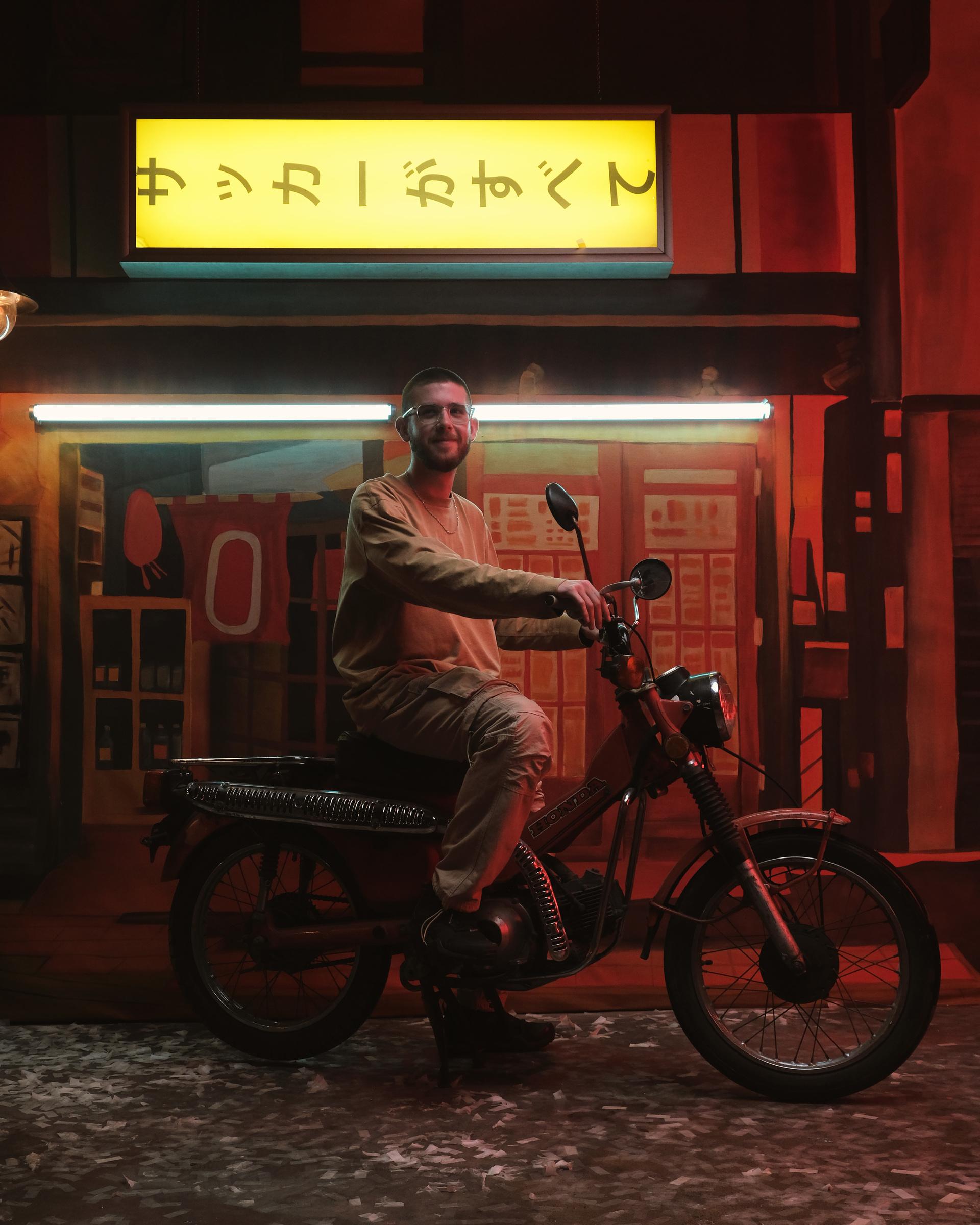

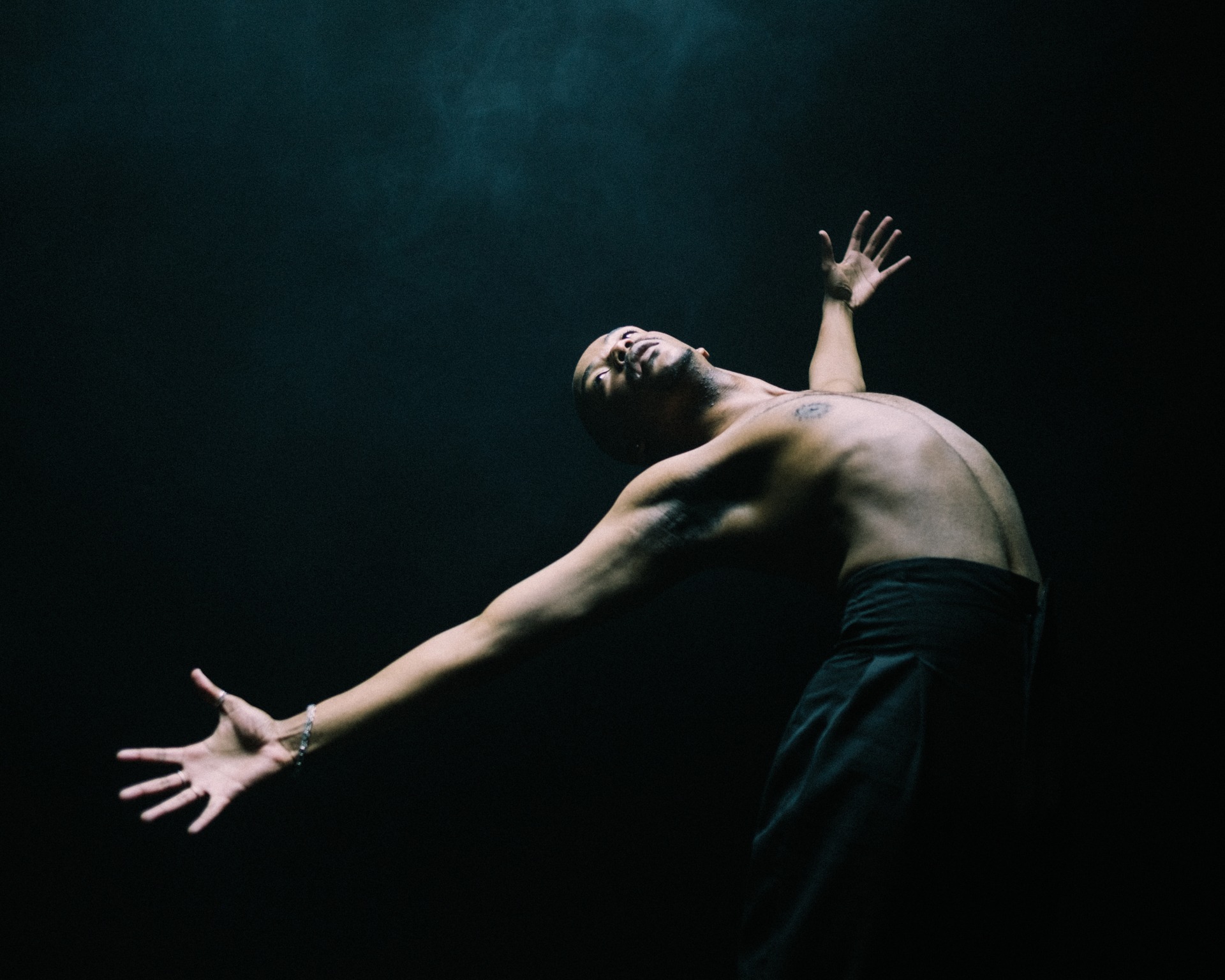

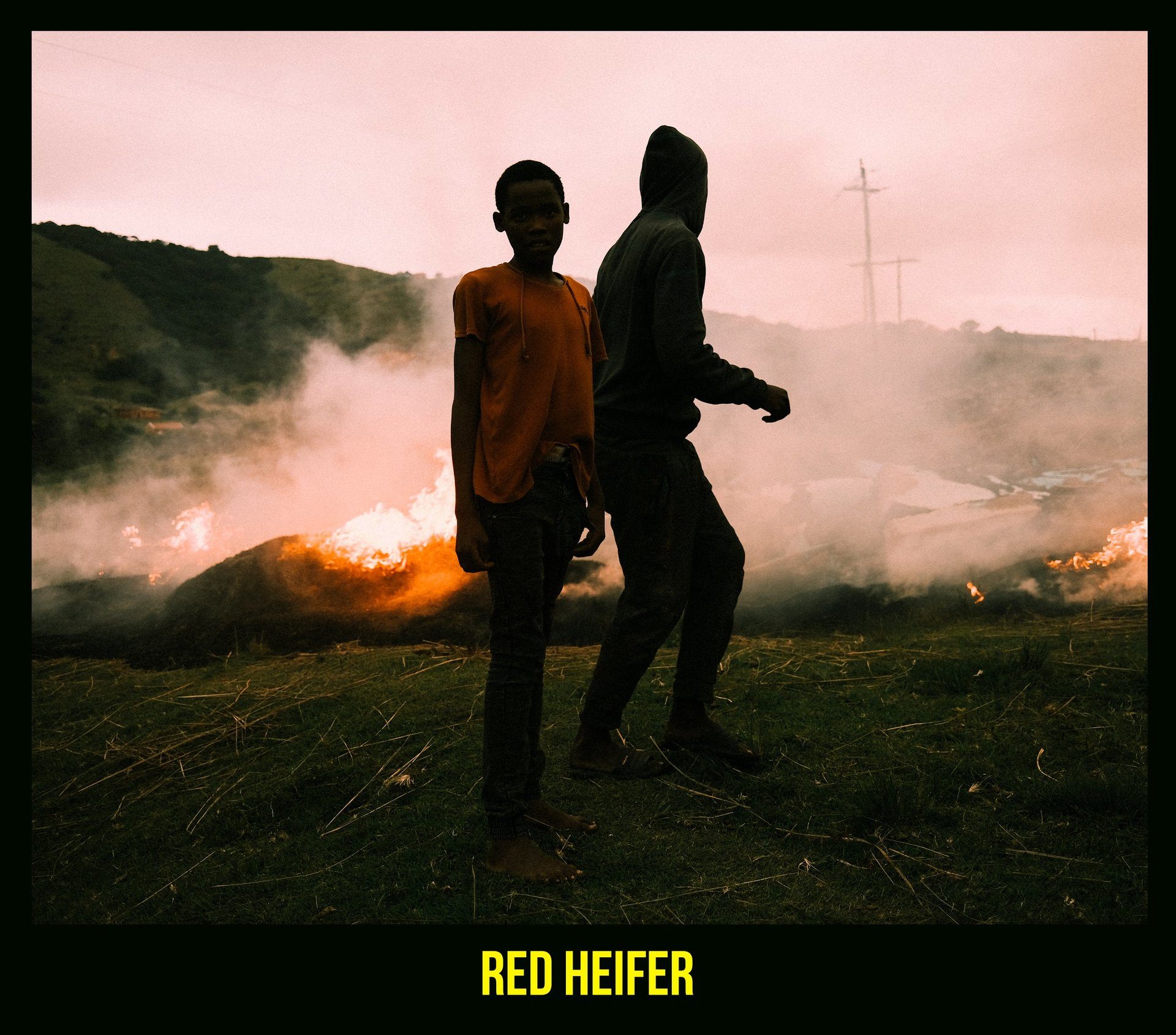
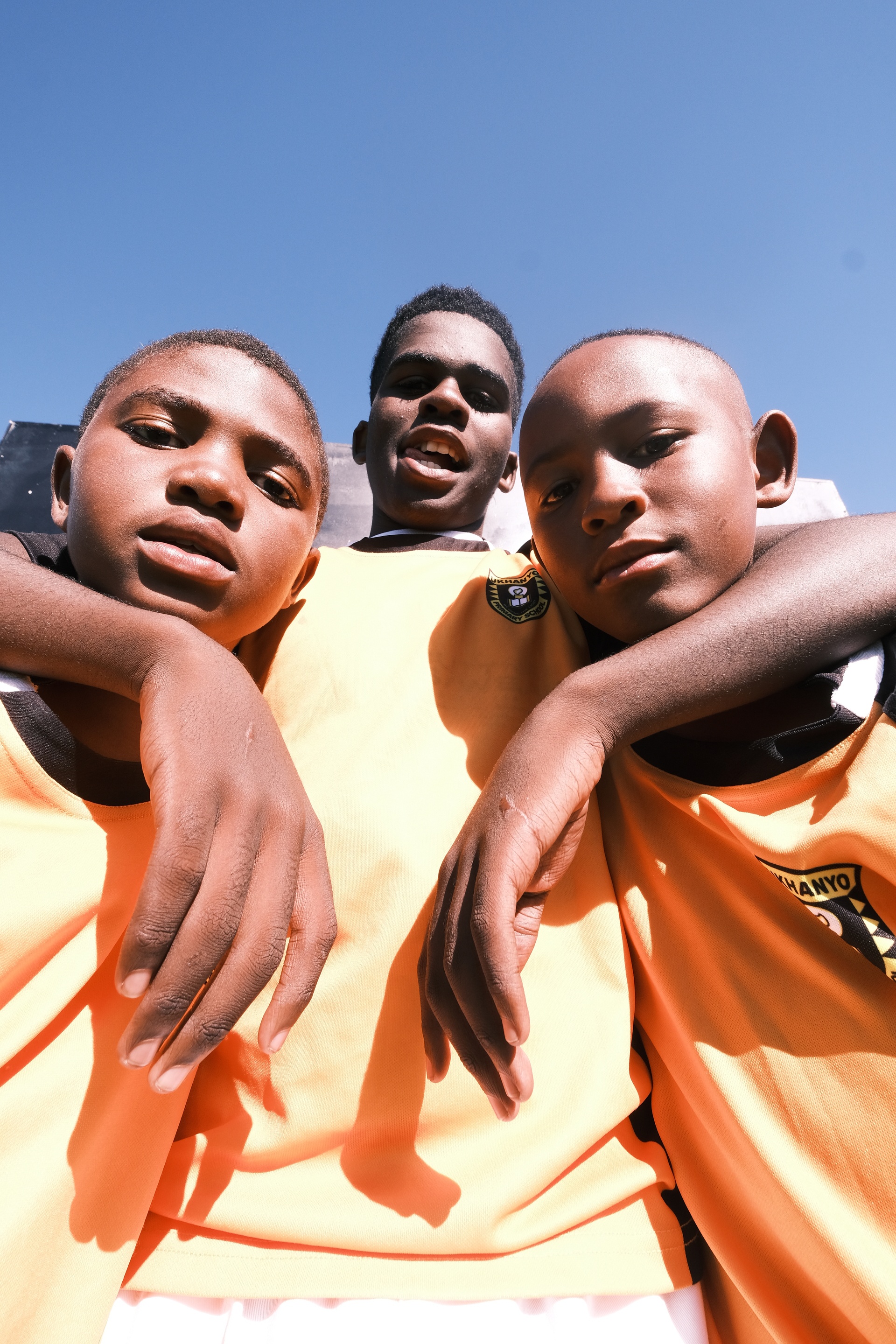

Recent Comments